Our adventure began with two incredible dives at High Rock, where we were greeted by a mesmerizing school of fusiliers, a ghost pipefish, a rare tiger shrimp, and a tiny, yet adorable, unidentified octopus. The underwater world was teeming with life and color, offering a vibrant start to our journey.
Later that afternoon, we visited a charming Moken village. Some of us hiked to the viewpoint at the top of the temple, enjoying panoramic views, while others relished chatting with the locals on the white sand beach. The cultural exchange was as enriching as the diving, adding a unique dimension to our trip.
The extraordinary experiences at High Rock and Shark Cave led us to venture west towards the Burma Banks for the next two days. Burma Banks exceeded our expectations! We woke up to the thrilling sight of dolphins playing in the mirror-like waters, with no land in sight. The water was warm, crystal-clear, and had visibility exceeding 40 meters. As we explored the vast underwater landscape, we were captivated by giant sandy mountains adorned with vibrant coral bommies, teeming with diverse marine life.
One of the highlights was encountering serene and magnificent nurse sharks, a sight that left us in awe. We were fortunate to witness numerous nurse sharks during our dives. The waters were alive with large schools of surgeonfish, big-eyed trevallies, rainbow runners, and colorful fusiliers. It was an unforgettable experience for everyone on board.
We returned east towards the southern part of the Mergui Archipelago, diving around the Western Rocky area. Our first stop was the Seafan Forest, a site adorned with towering pinnacles draped in magnificent giant seafans. Here, we were treated to the sight of schools of snappers, big-eyed trevally, and fusiliers gracefully swimming among the colorful marine life. Amidst this underwater jungle of seafans, we were delighted to spot a stonefish and an orangutan crab, adding to the enchanting experience.
Our exploration then led us to Western Rocky, where we encountered two groups of cuttlefish mating and dozens of mantis shrimps! The Mergui Archipelago is a true paradise for shrimp lovers, featuring marble shrimps, tapestry shrimps, spearing mantis shrimps, Durban dancing shrimps, boxer shrimps, cleaner shrimps, and many types of crabs too. The eerie light in the cave added to its charm.
| Further dives around Eagle Rock and The Islets revealed schools of yellowfin barracuda and trevallies cruising through the pristine waters, along with more cuttlefish and octopus hiding in the myriad of colors of the healthy reef. The vibrant marine life kept us in awe at every turn. Western Rocky also concealed a giant frogfish this week and two pairs of harlequin shrimps. It was hard to say goodbye, but we had exceptional visibility at our last dive site: Volcano, with a unique reef inhabited by comet longfins and other tropical fishes. The diverse marine ecosystem at this site provided a fitting end to our incredible journey. |
This trip through the Mergui Archipelago and the Burma Banks was an unforgettable journey, filled with incredible marine encounters, stunning underwater landscapes, and the charm of local culture. Each dive revealed new wonders, from the smallest shrimp to the majestic nurse sharks. We look forward to our next adventure and the many more amazing dives to come, eager to explore more of the hidden treasures beneath the sea. The memories we created and the marine life we encountered will stay with us forever, fueling our passion for the ocean and its endless mysteries.


































































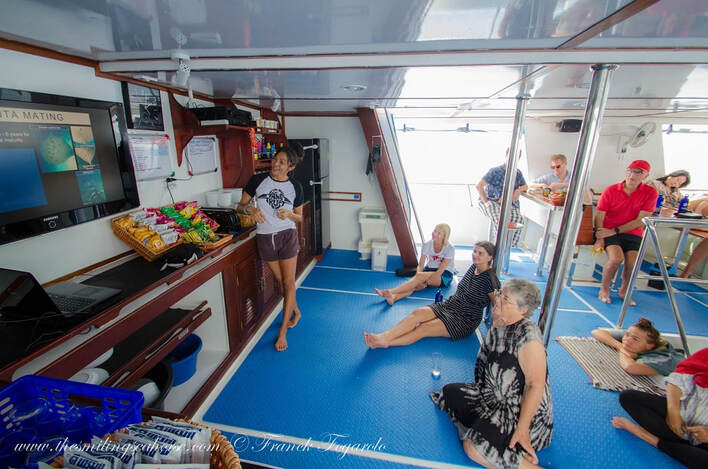
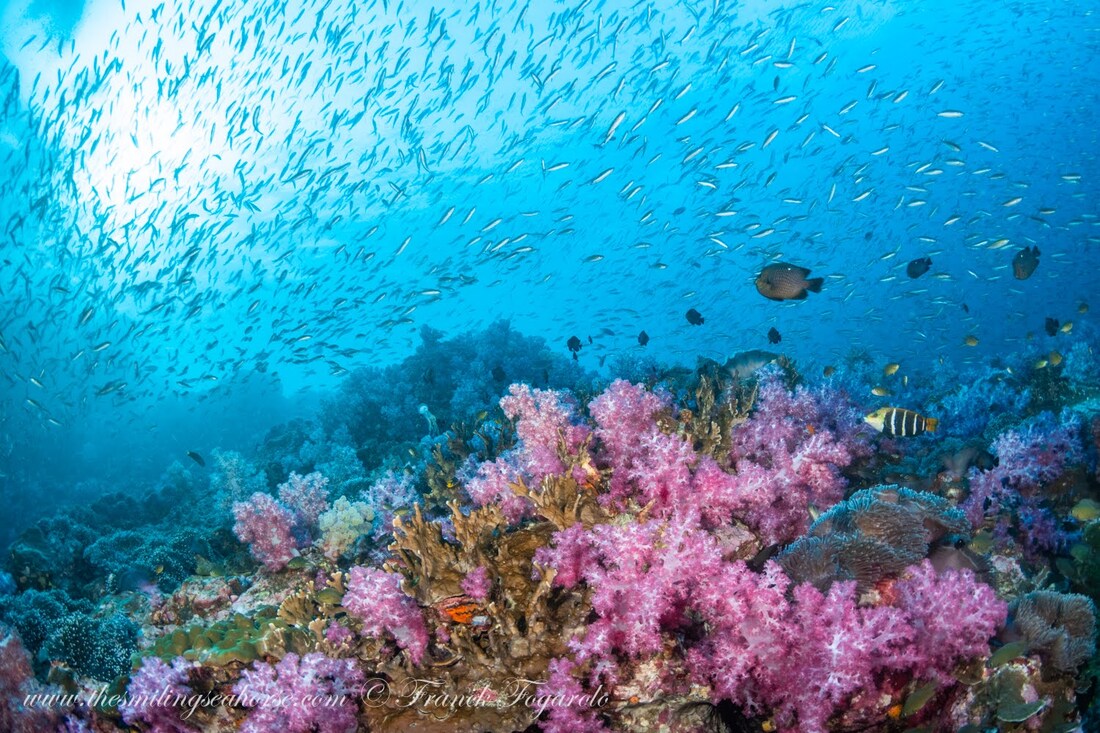
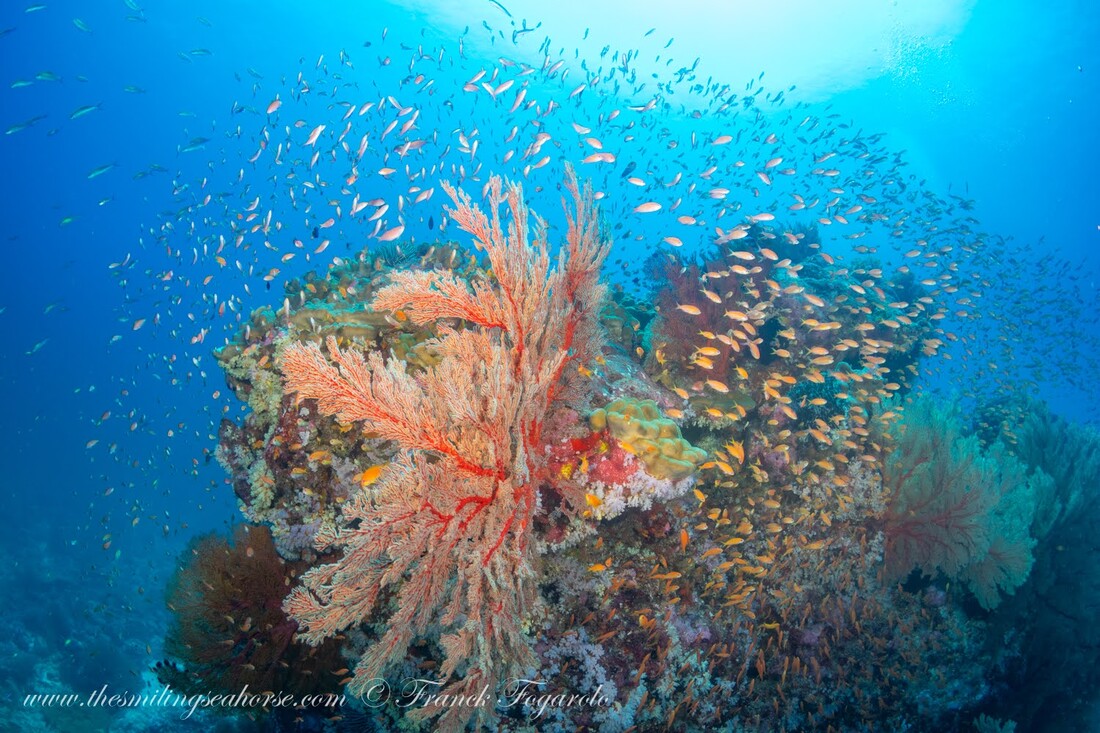
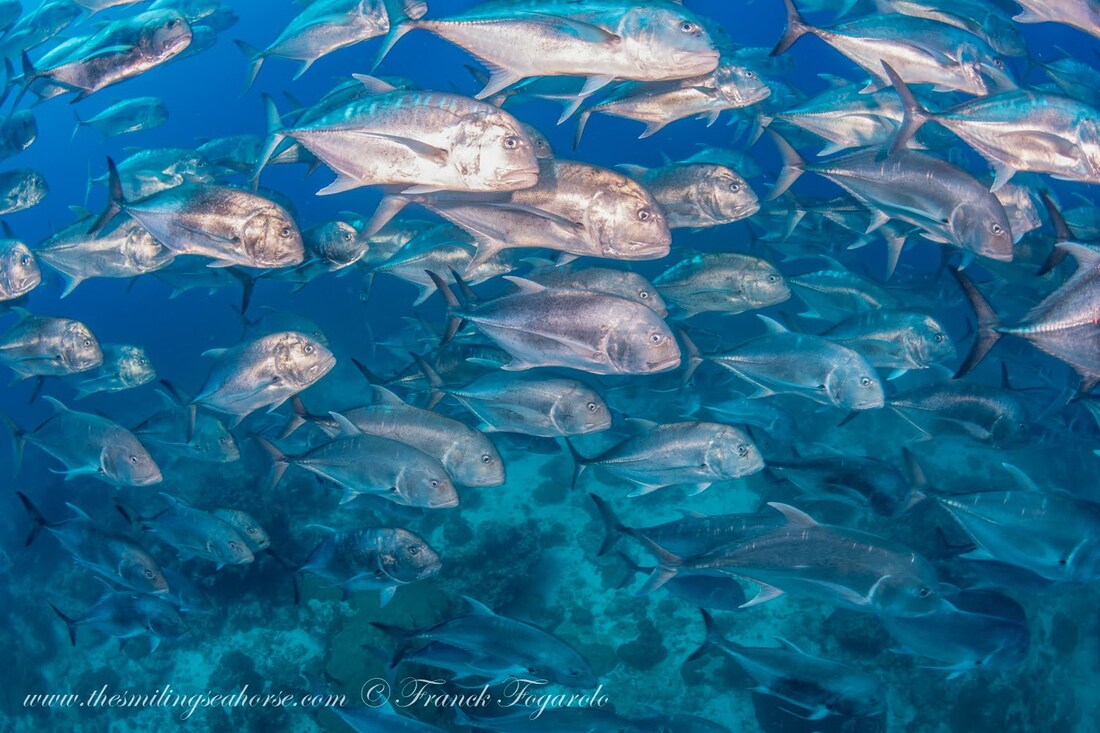
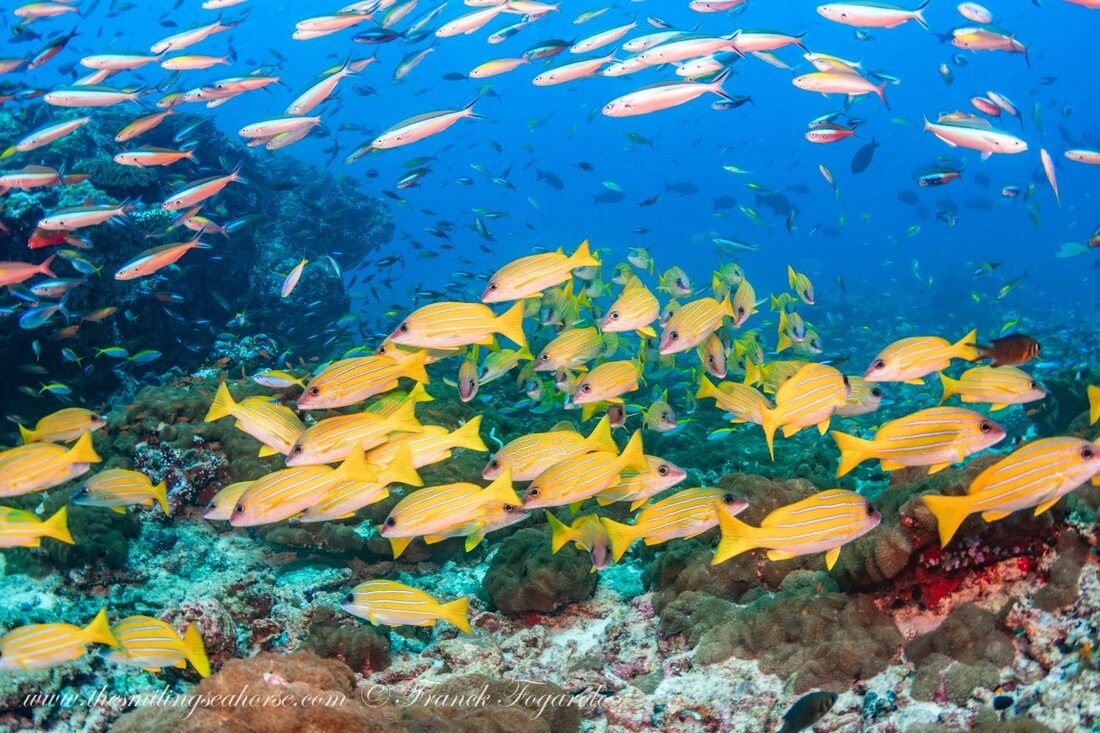
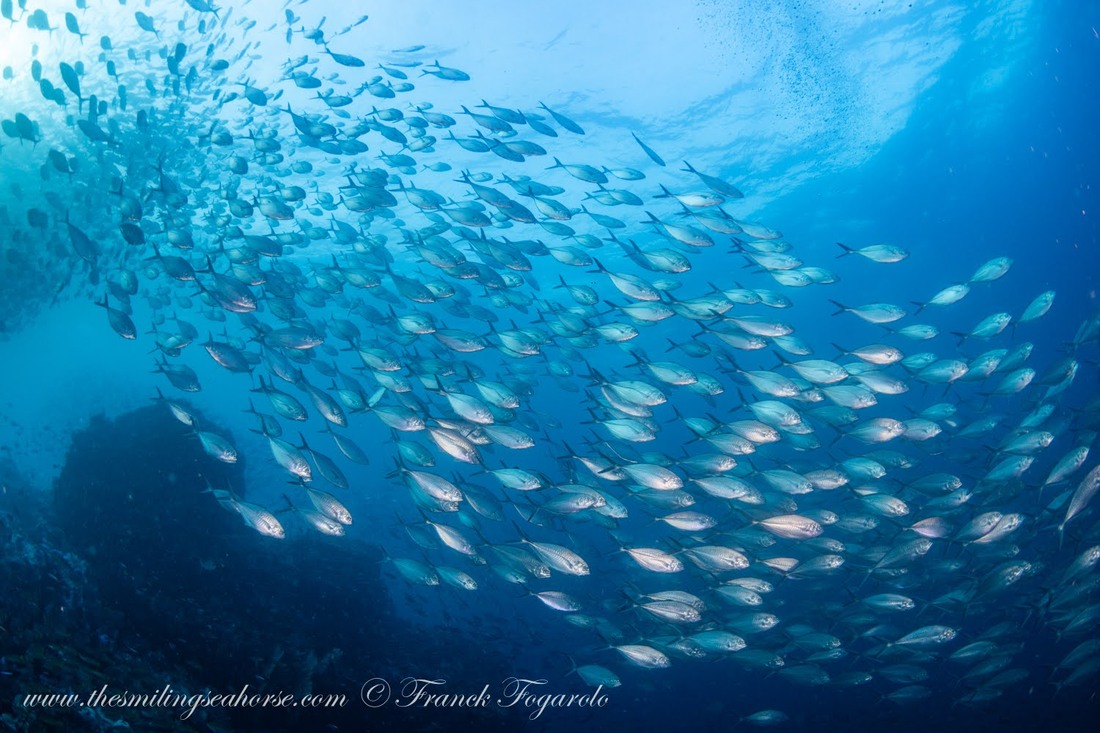
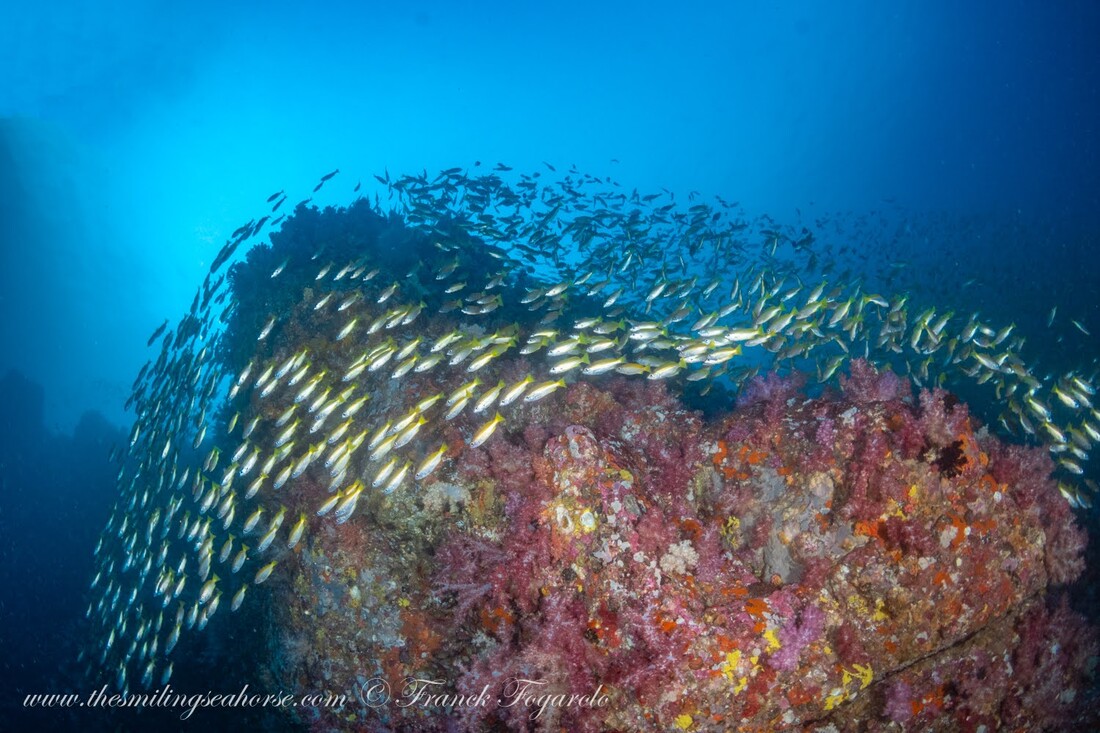

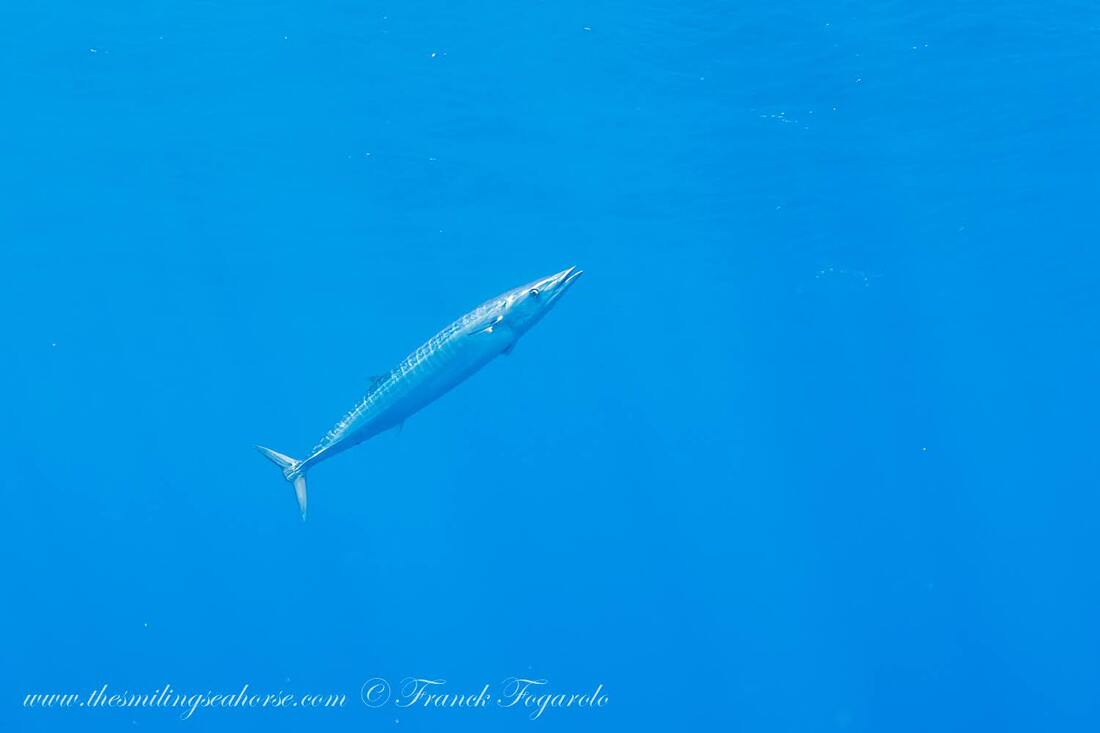

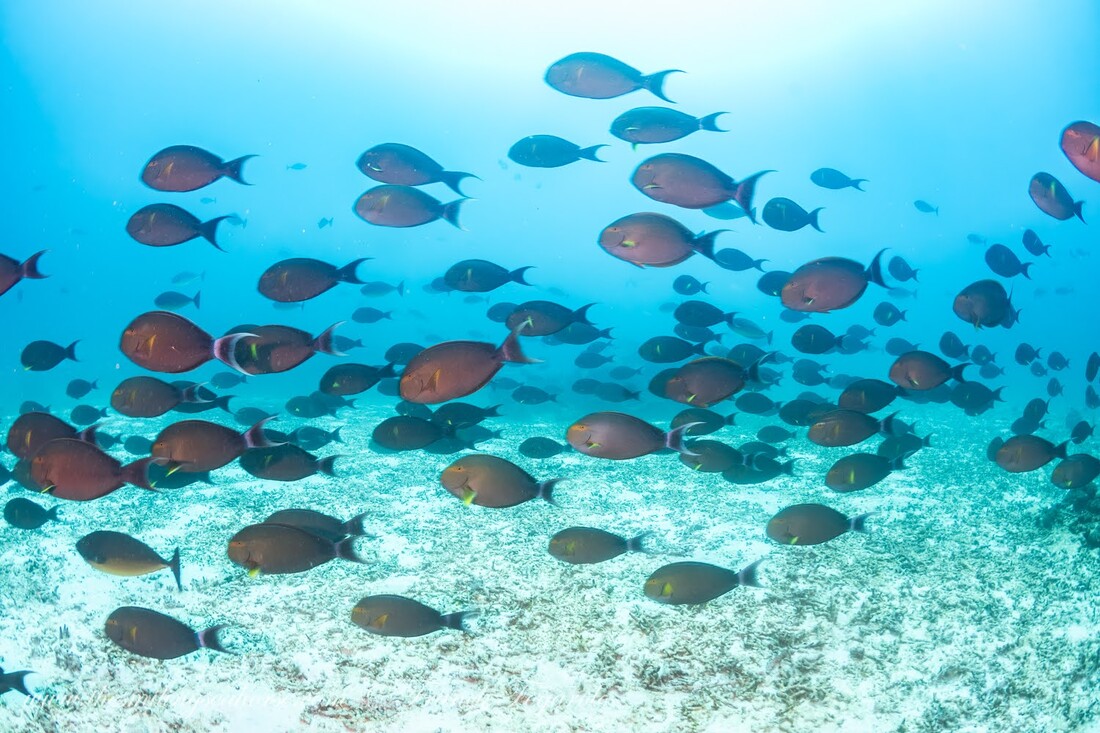
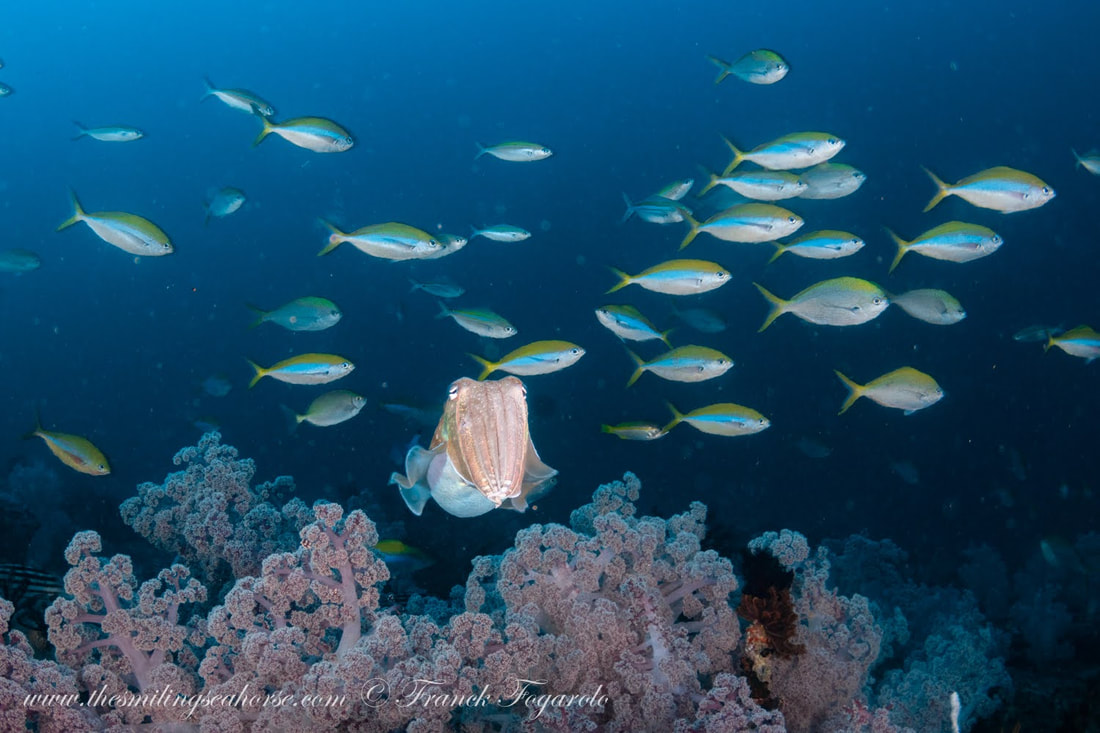
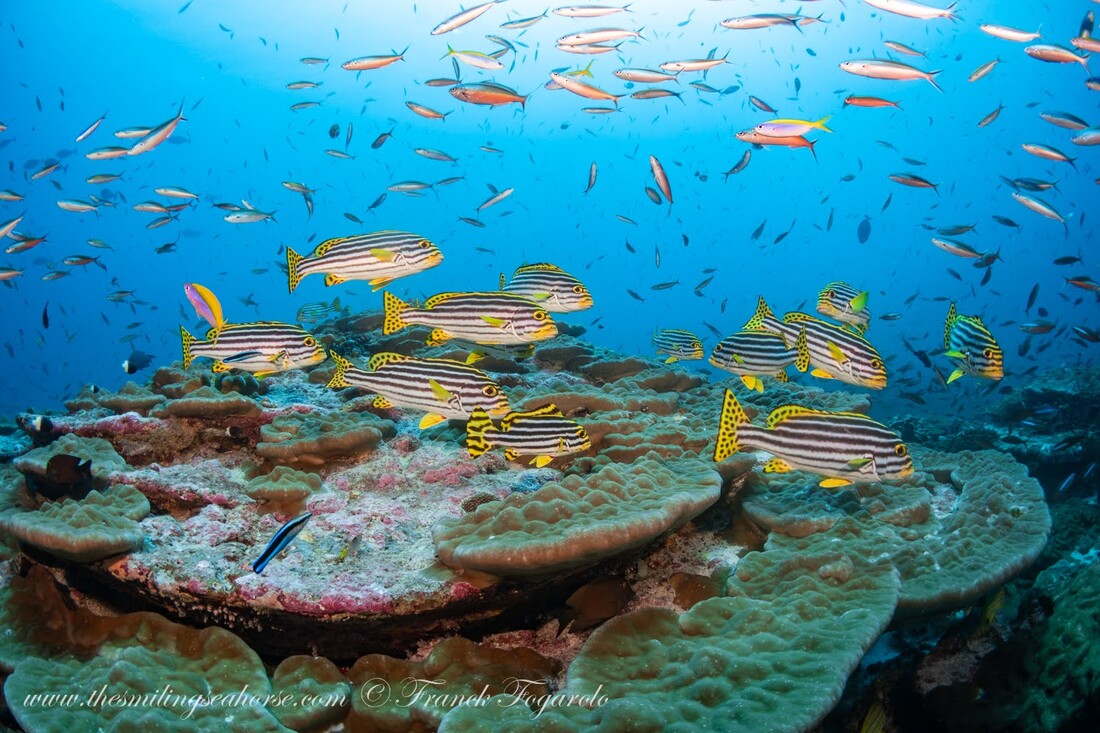
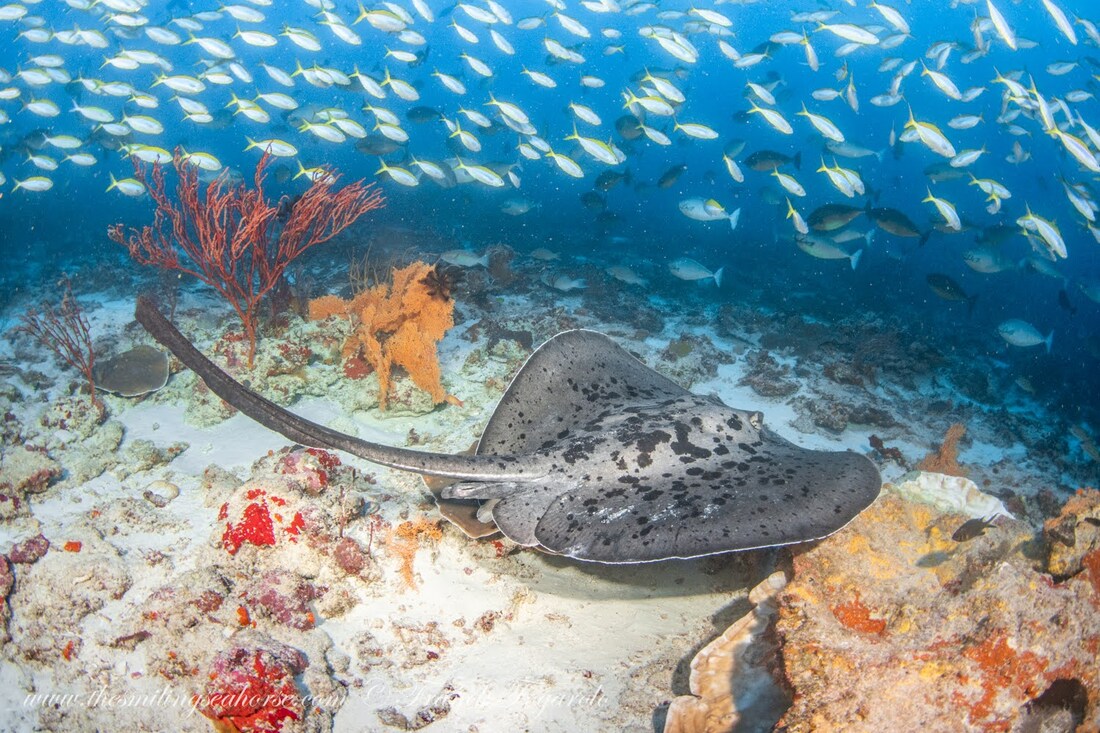
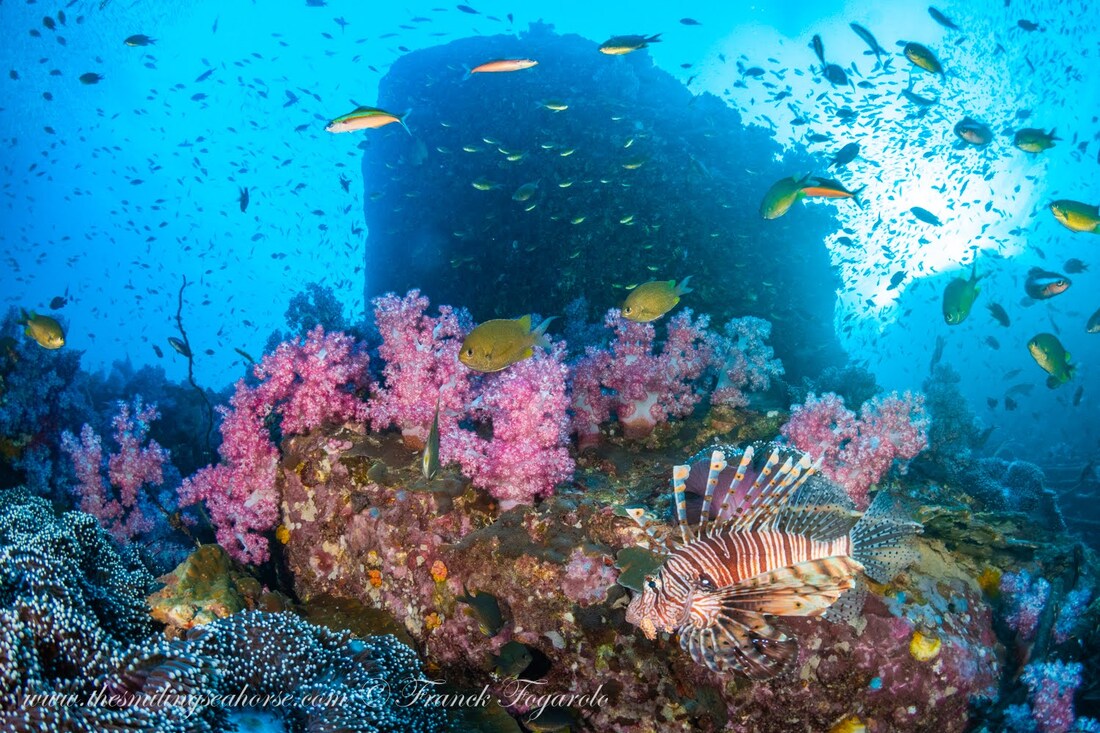
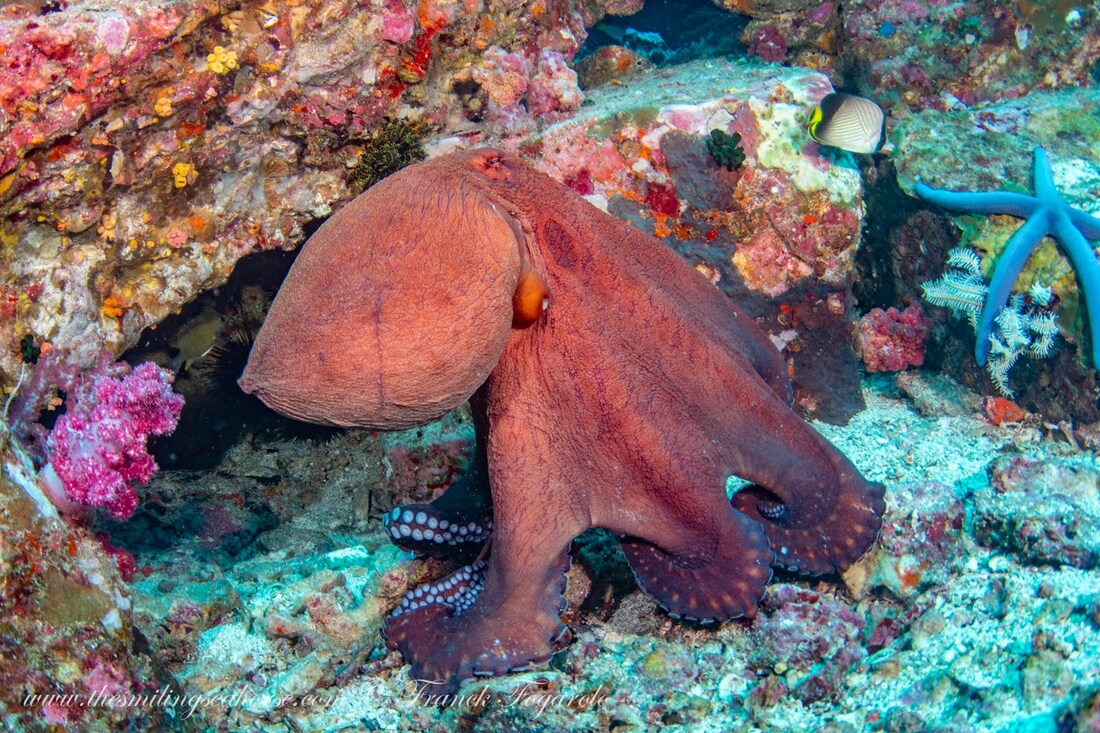
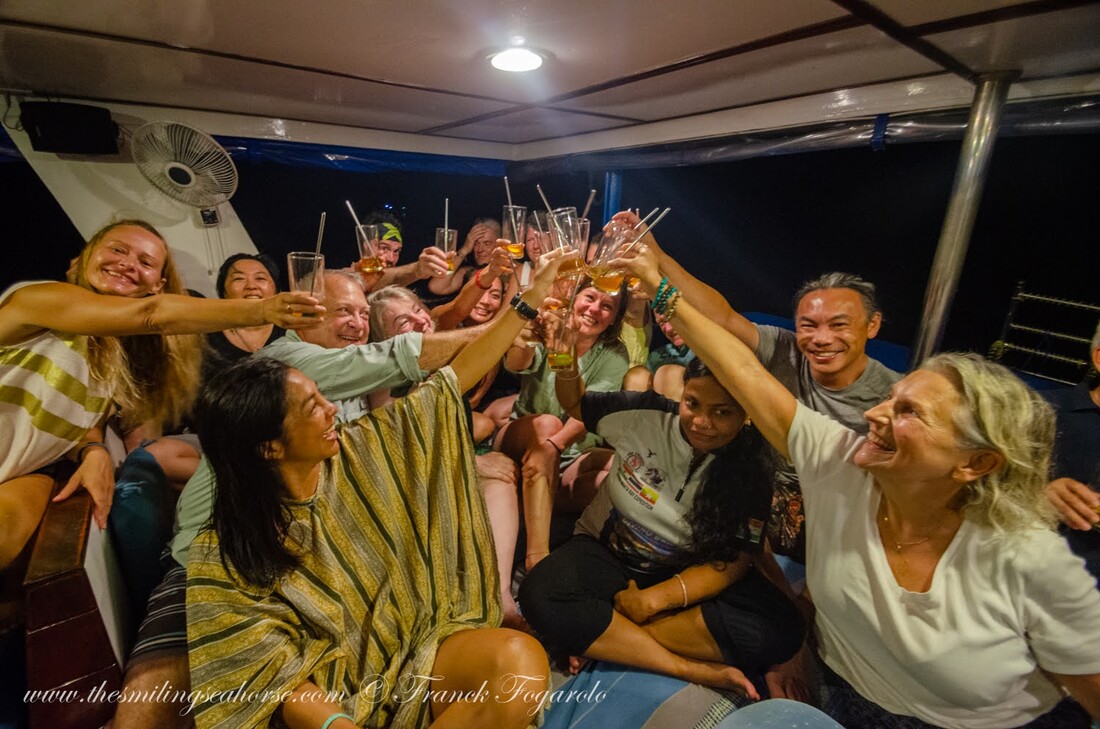
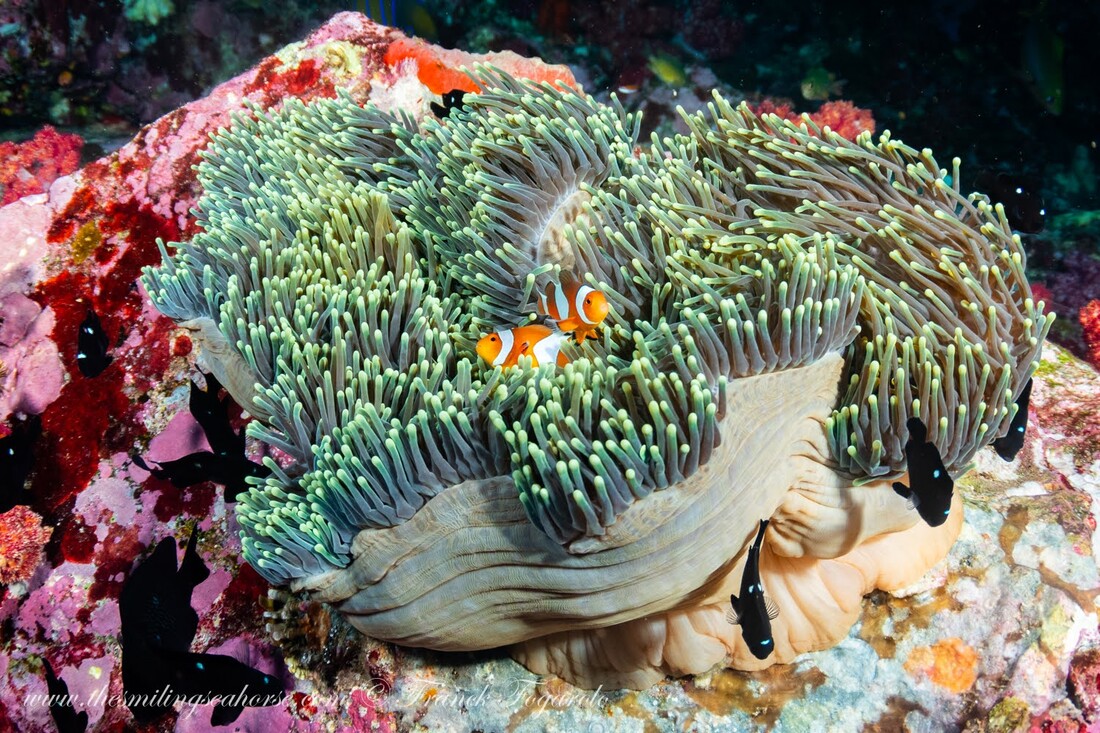

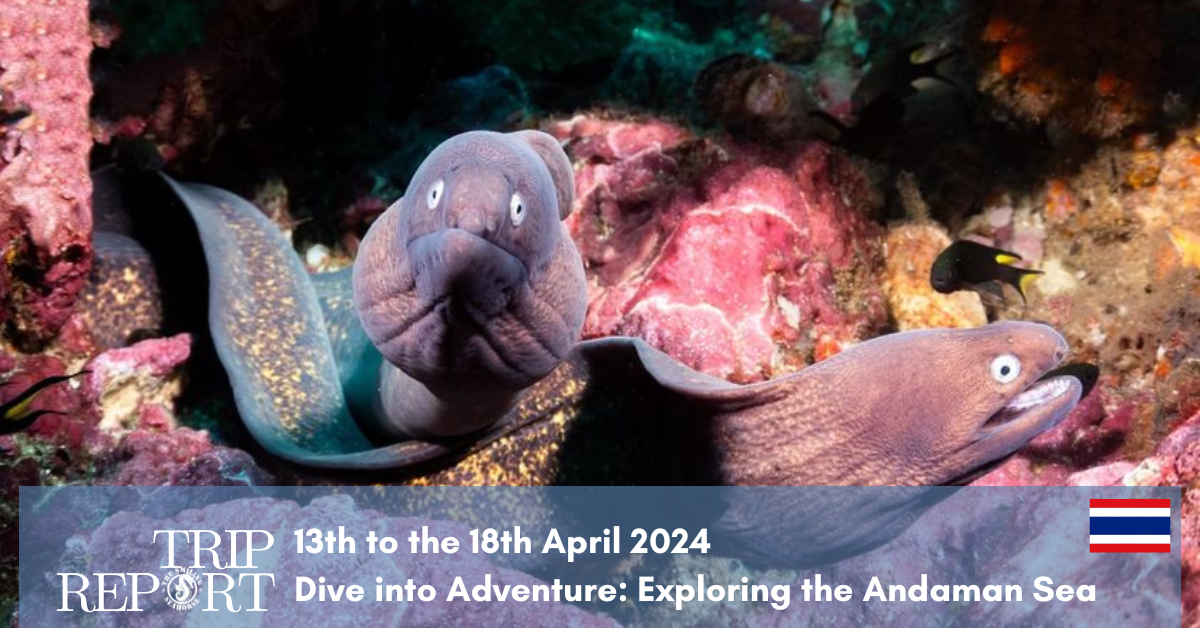
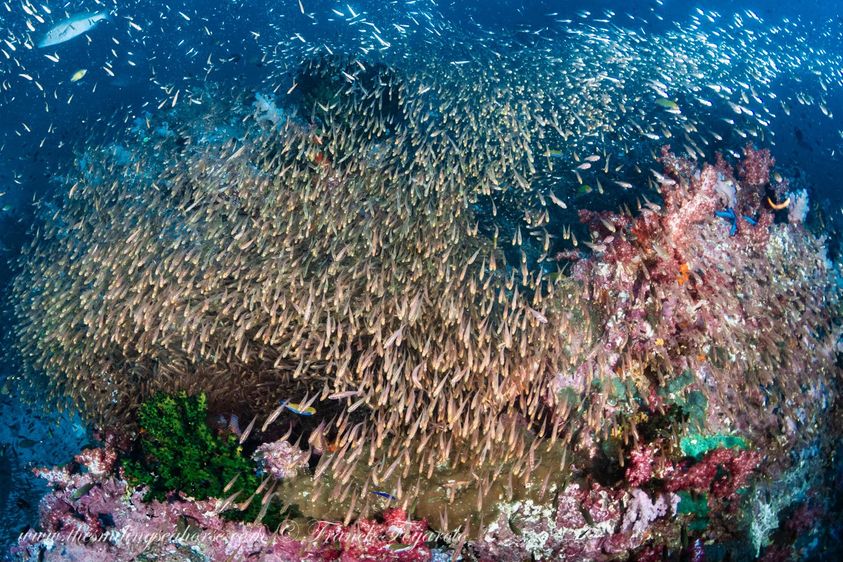
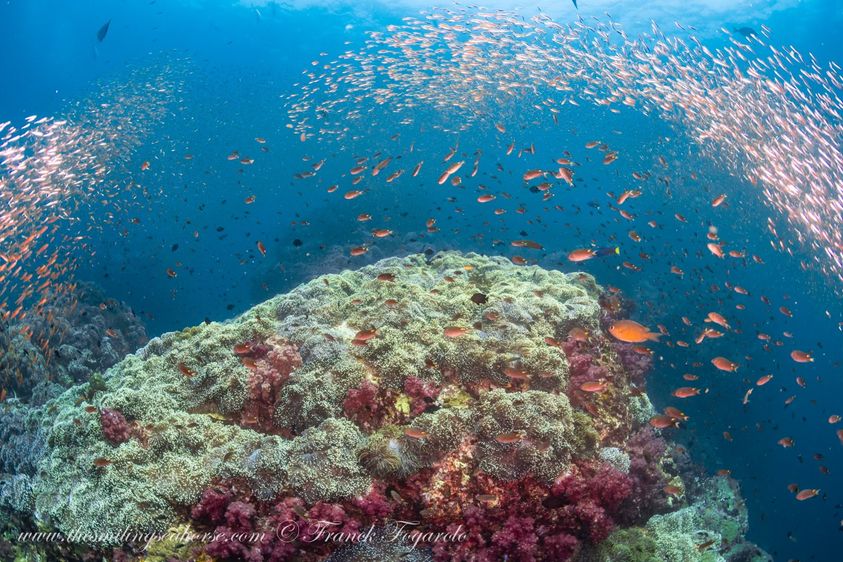
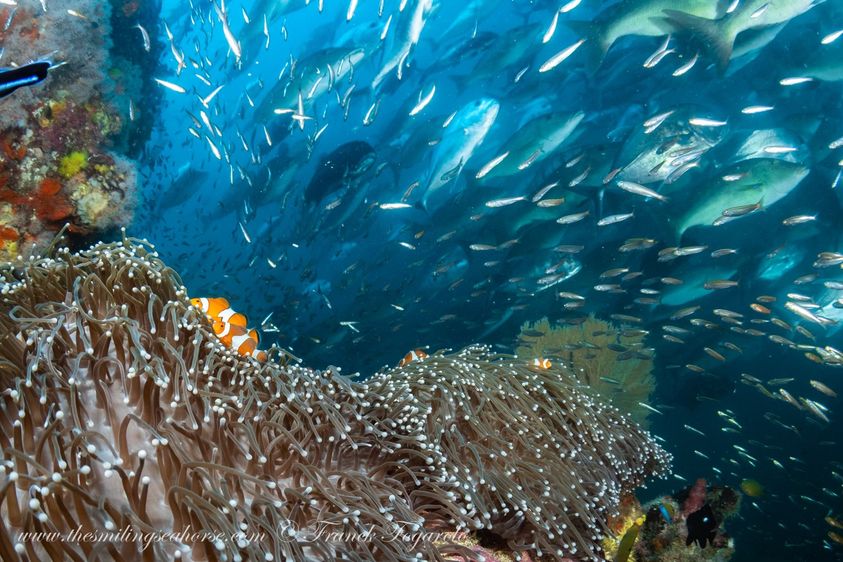
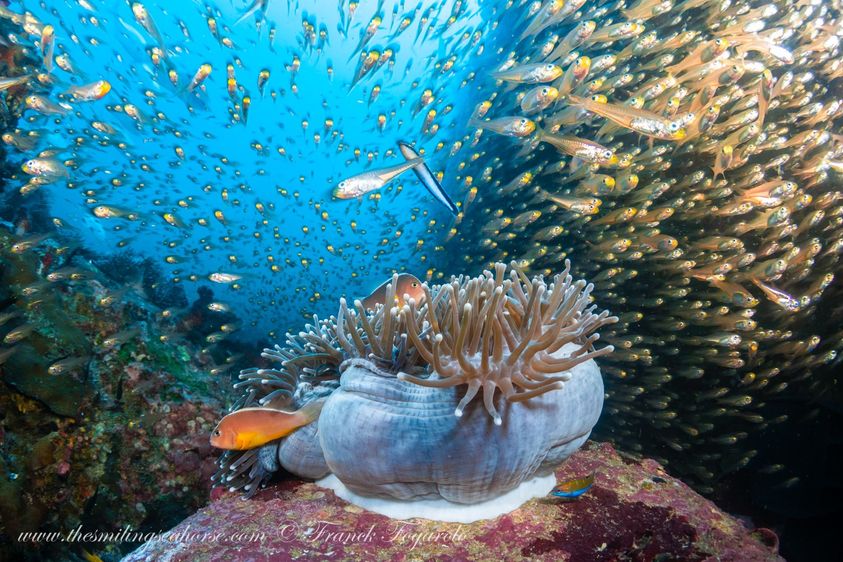

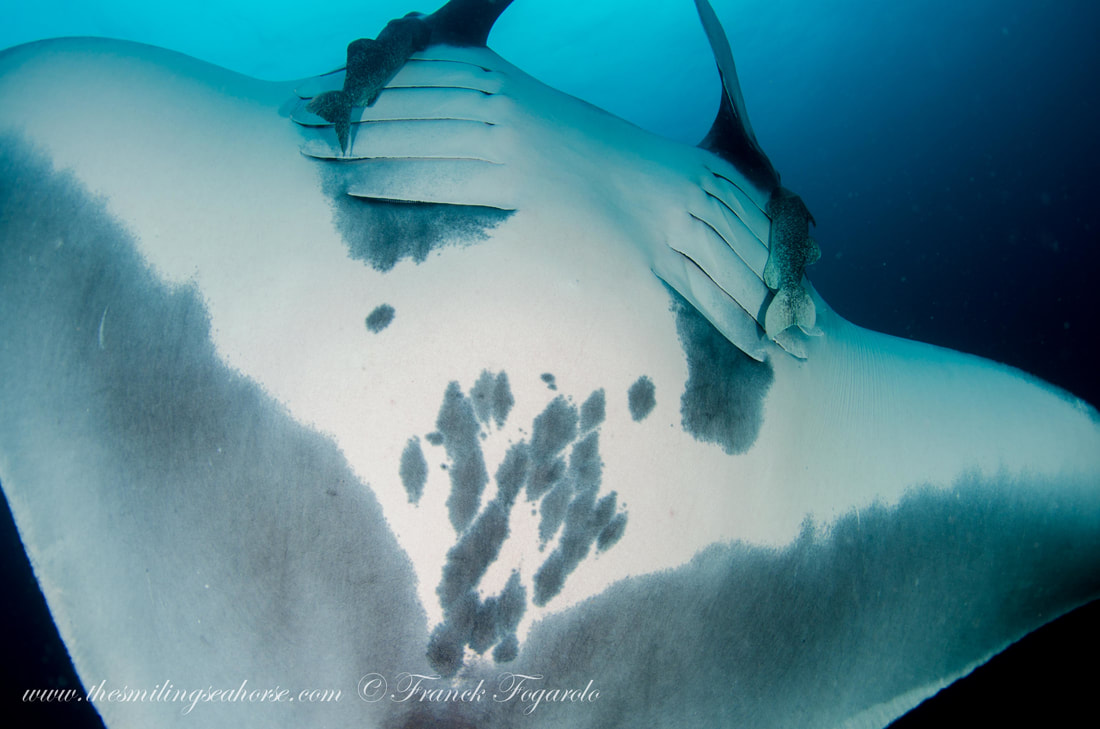
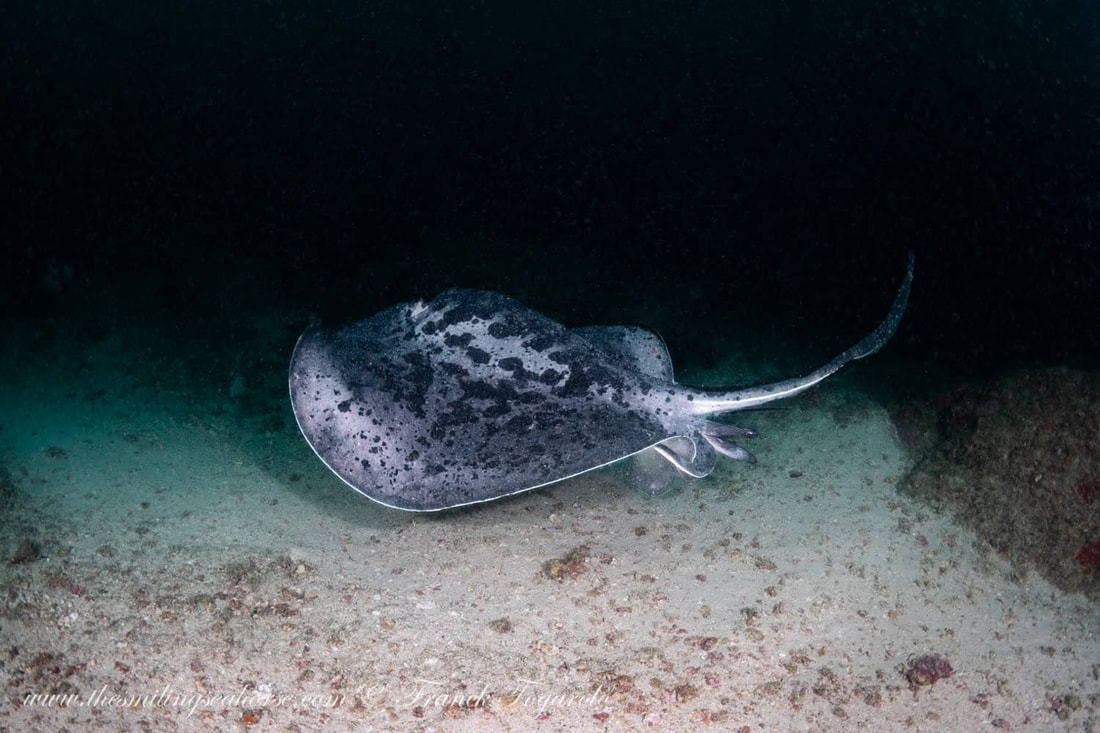
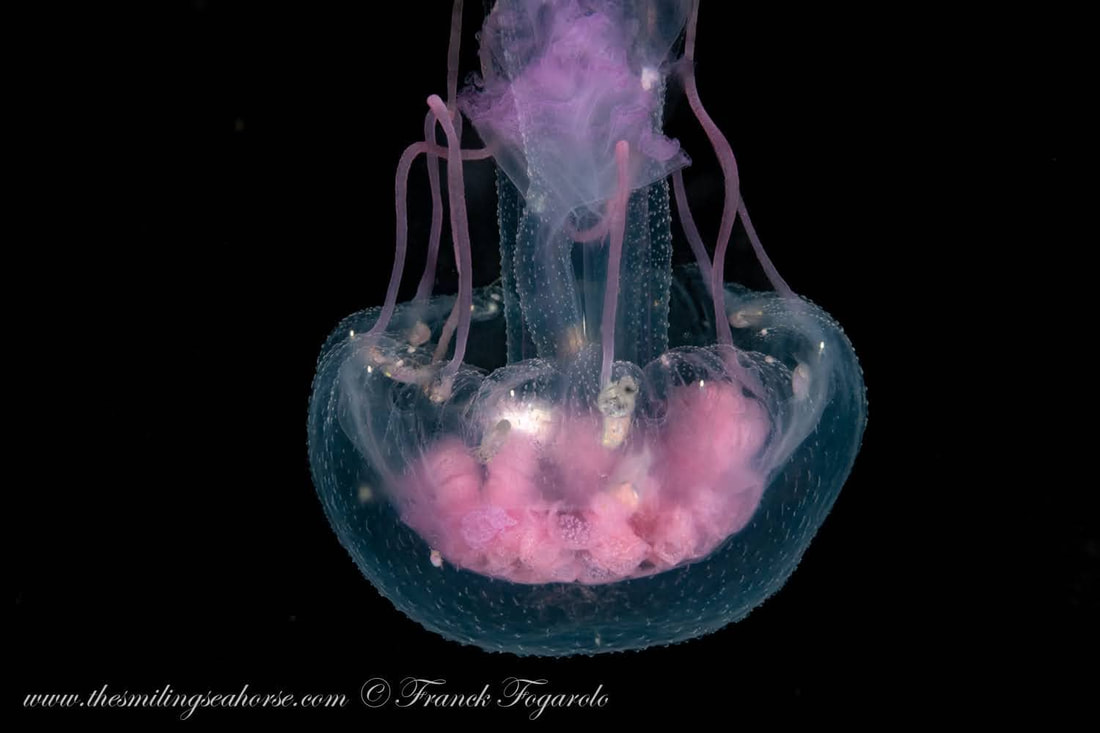
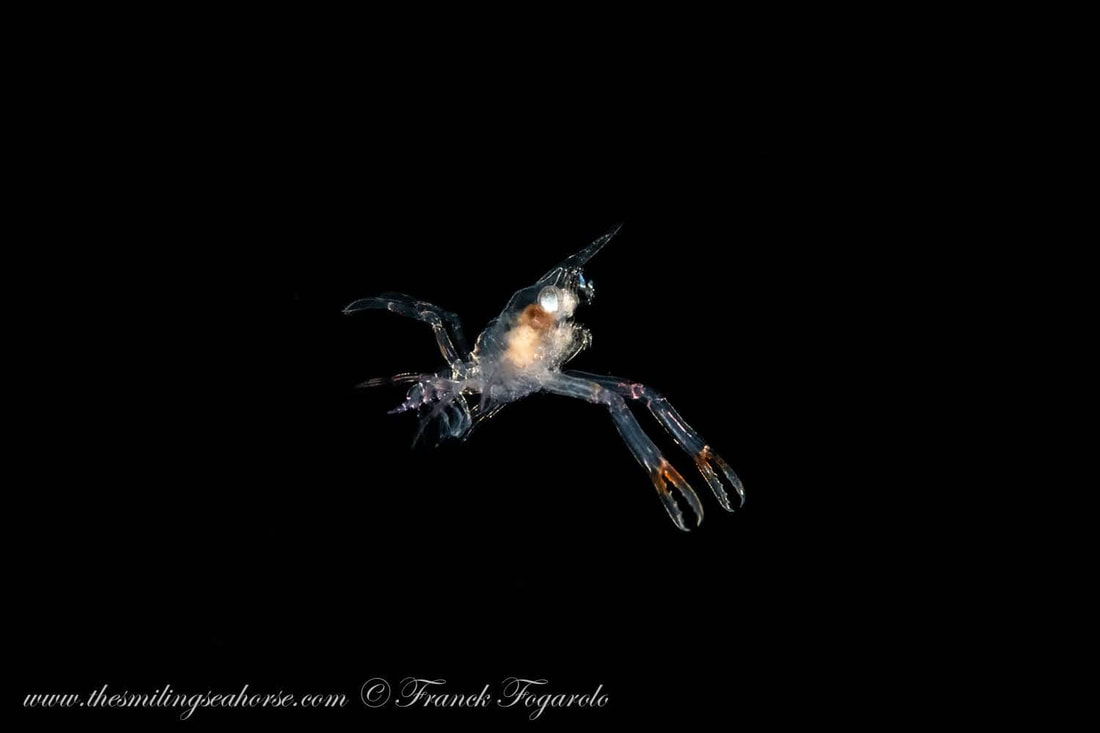
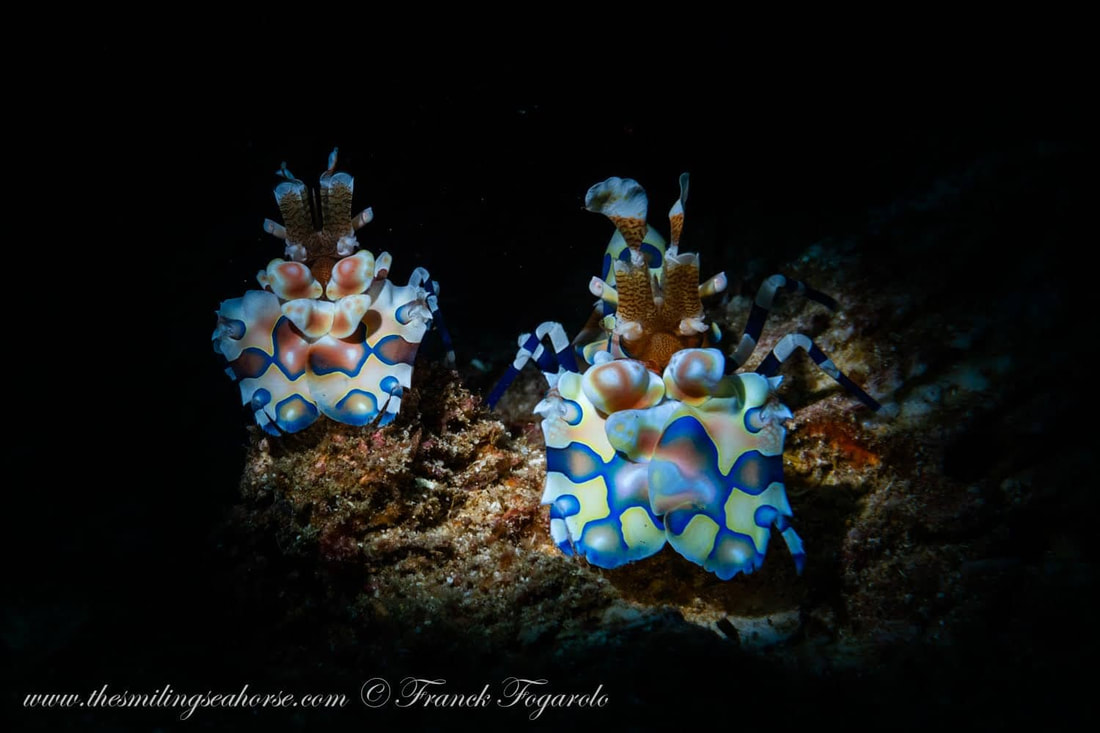
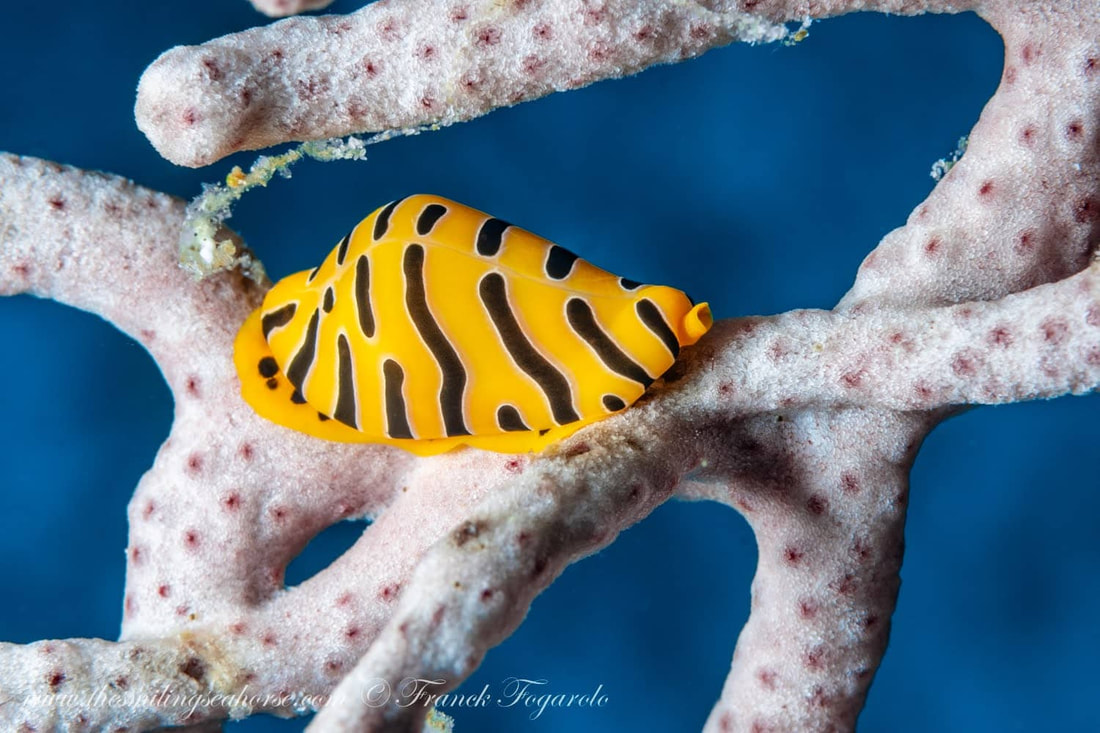
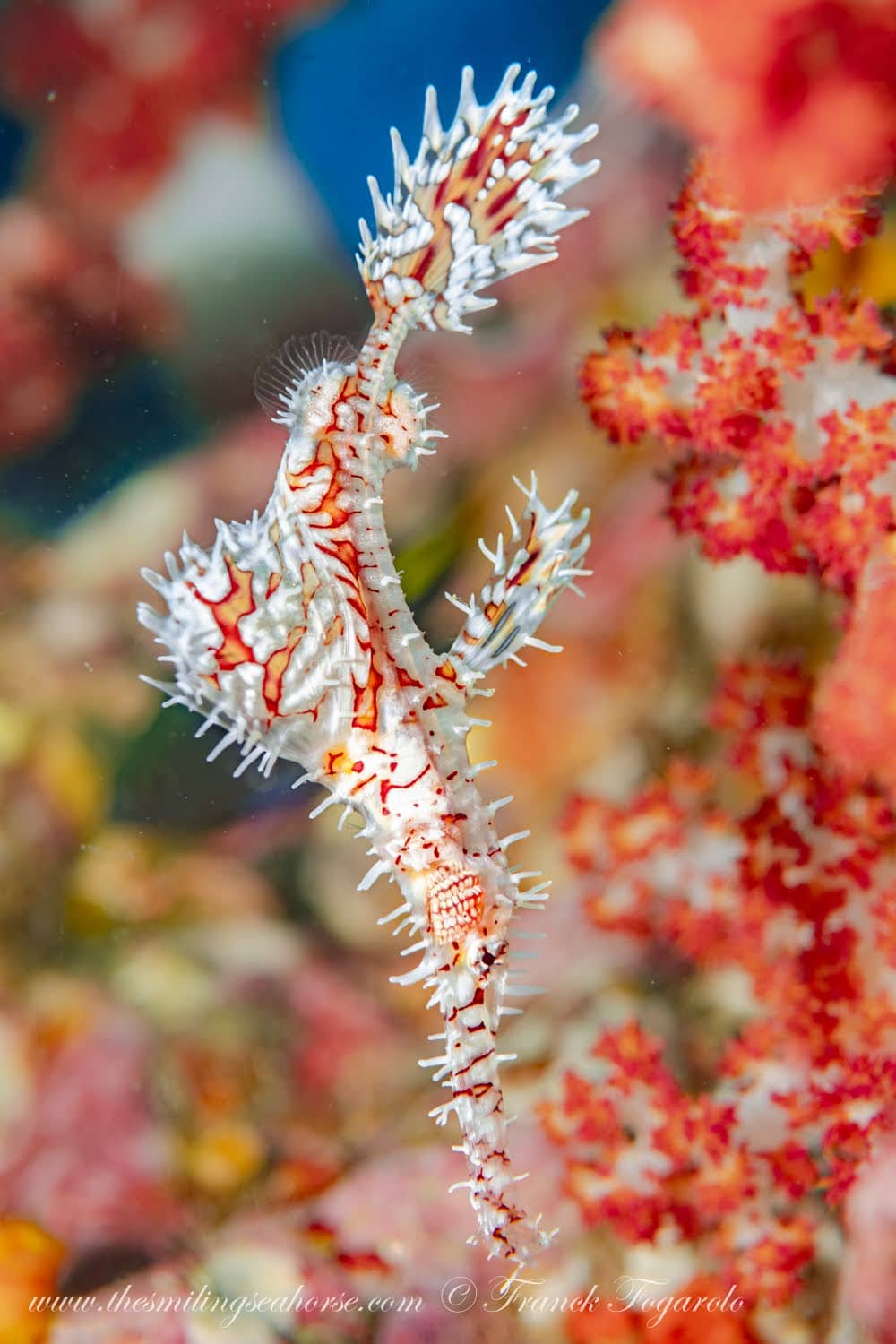
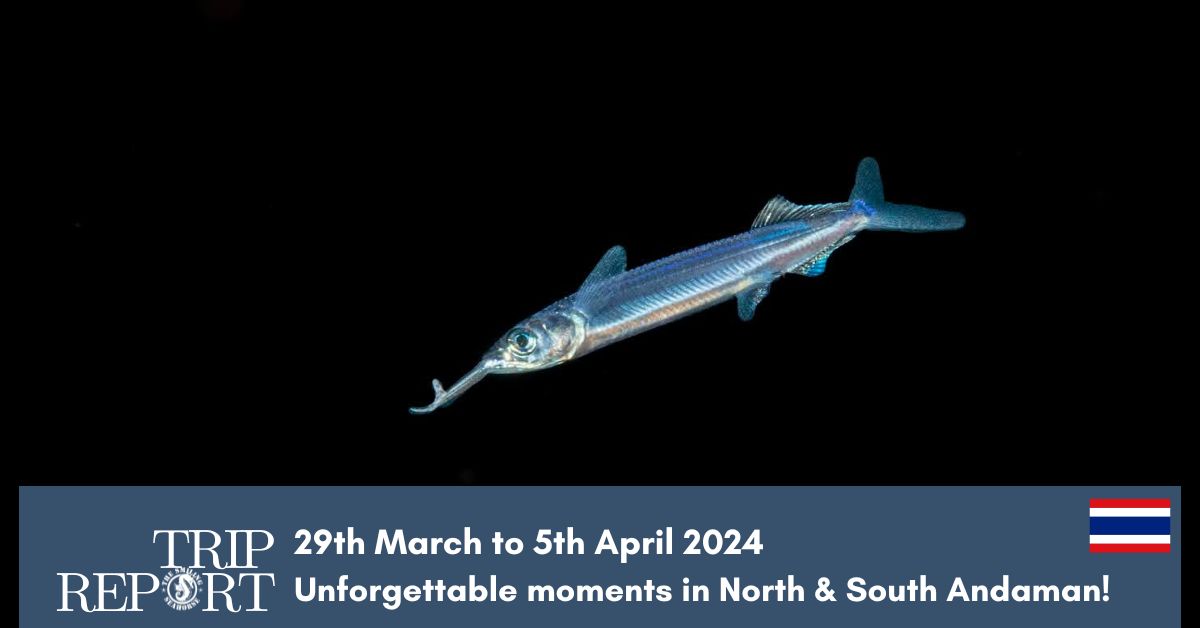
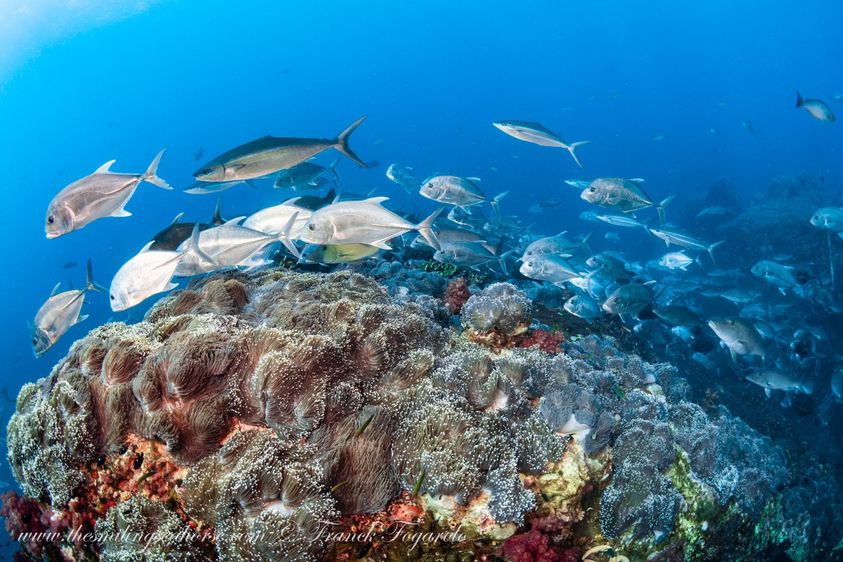
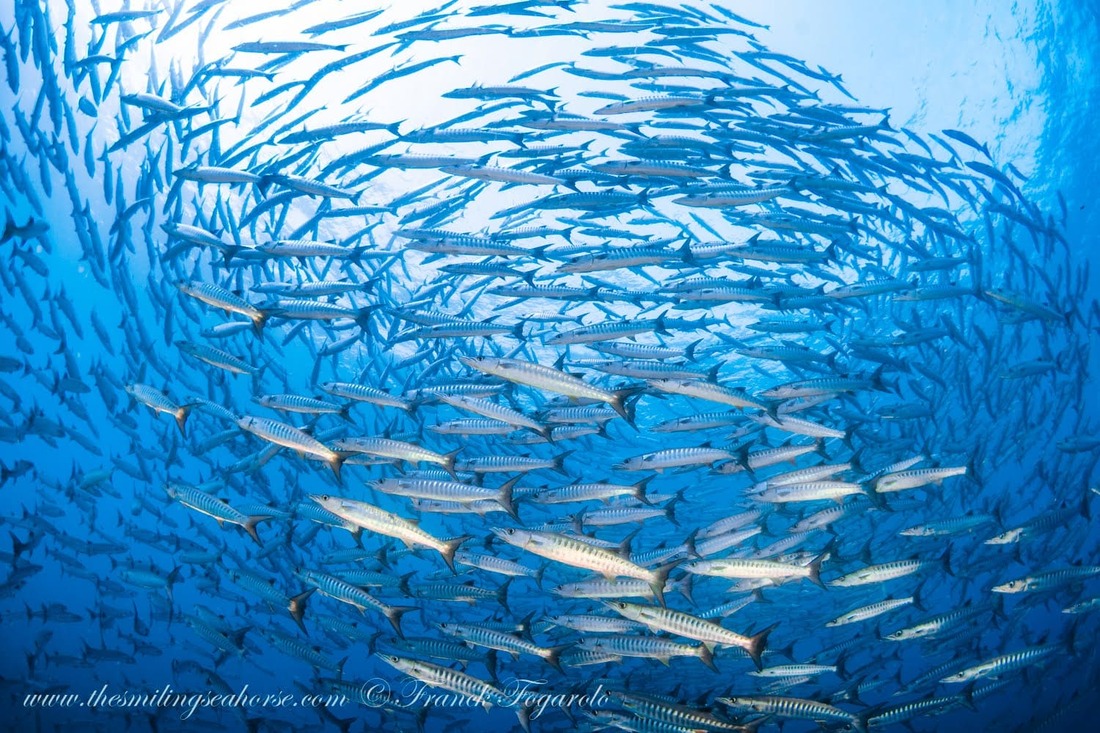
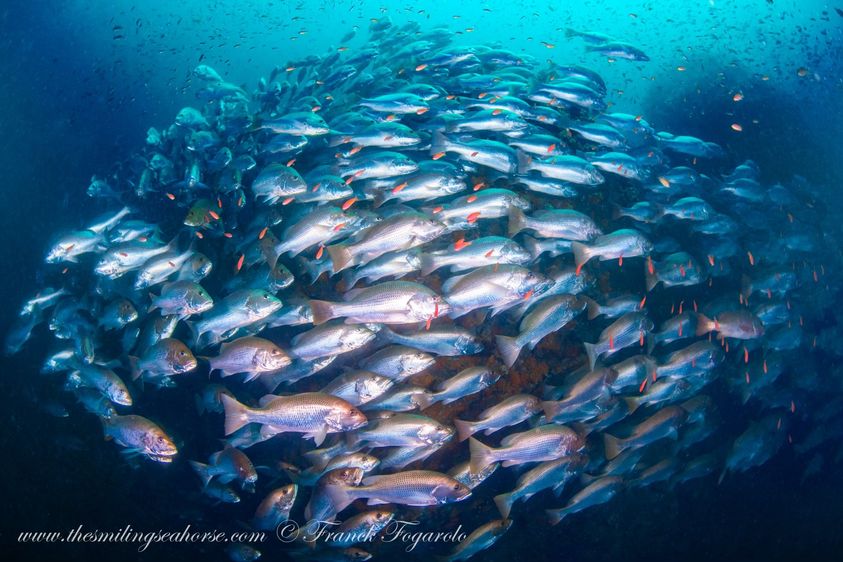
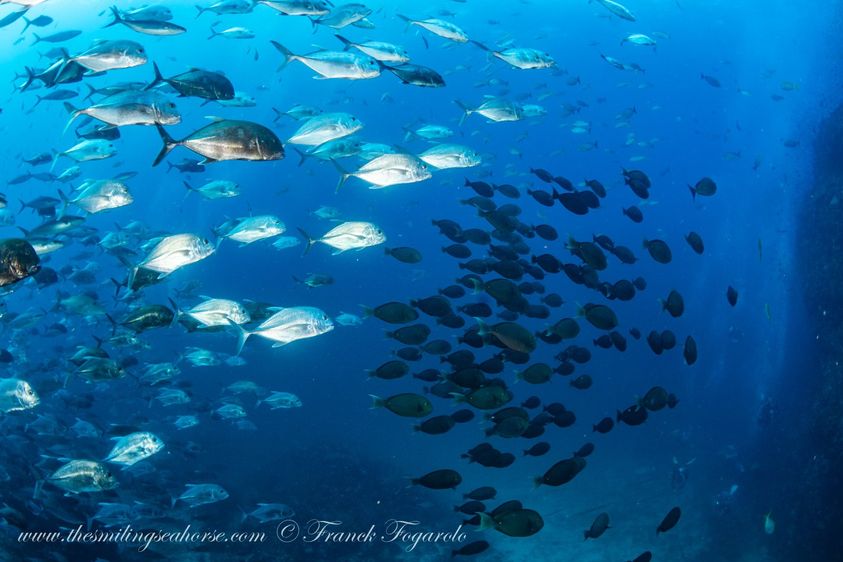
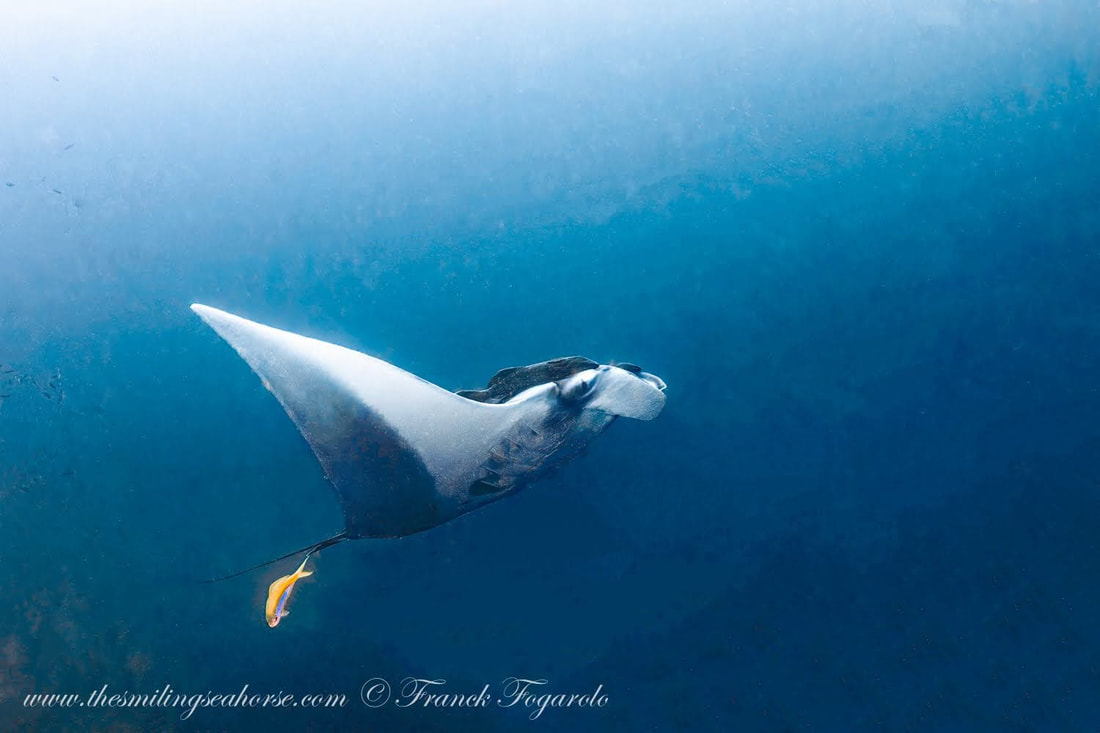
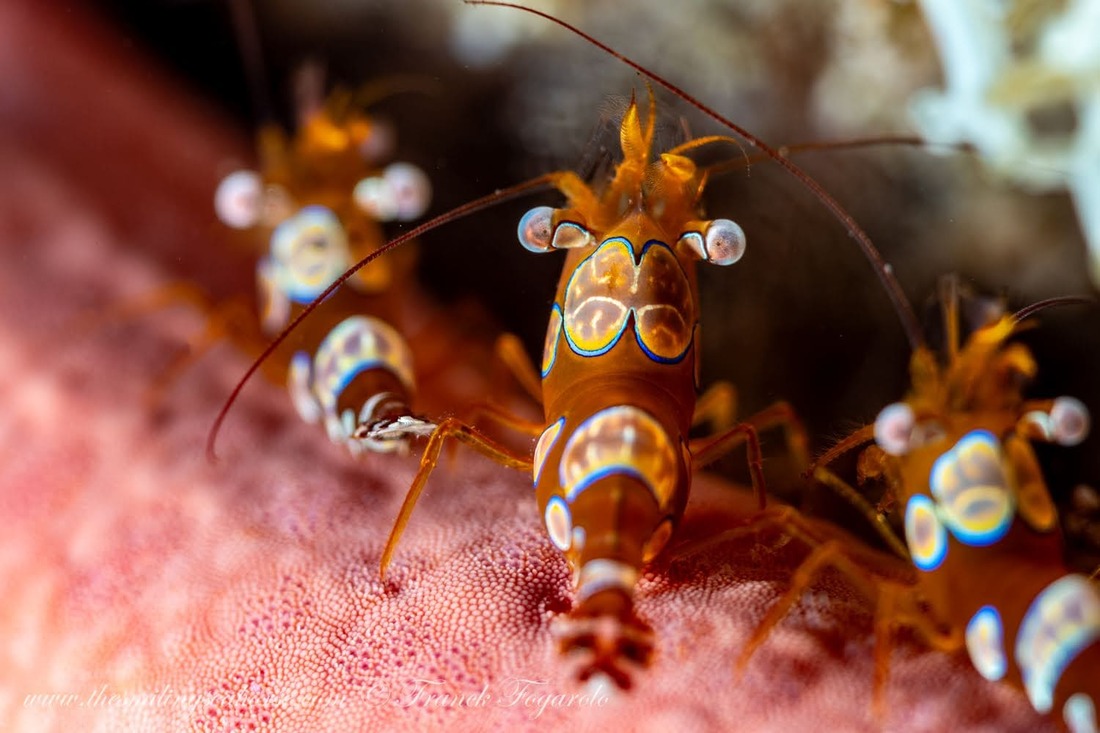

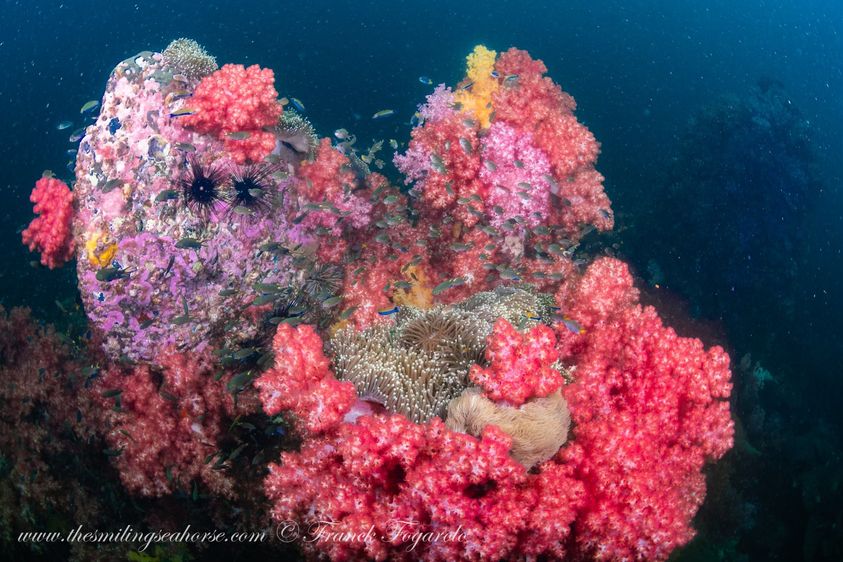
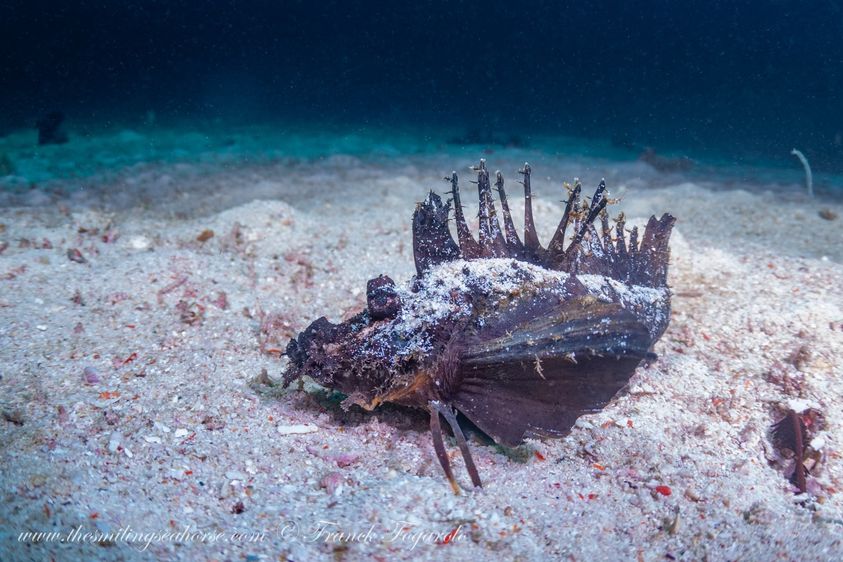
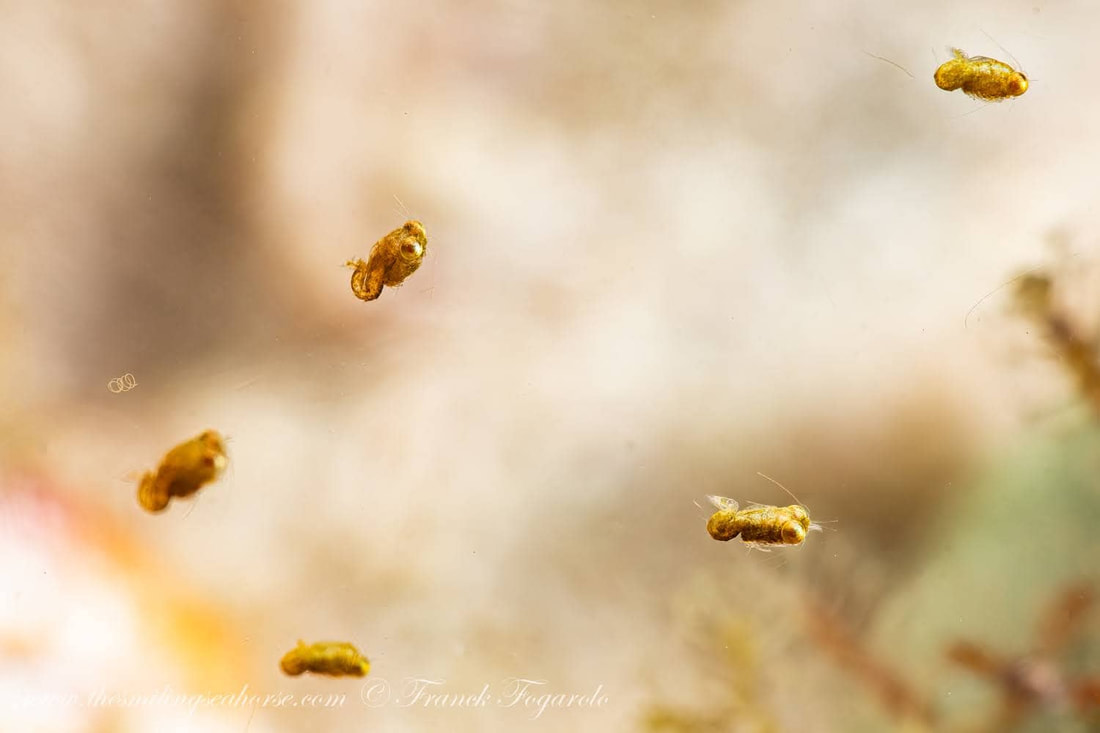
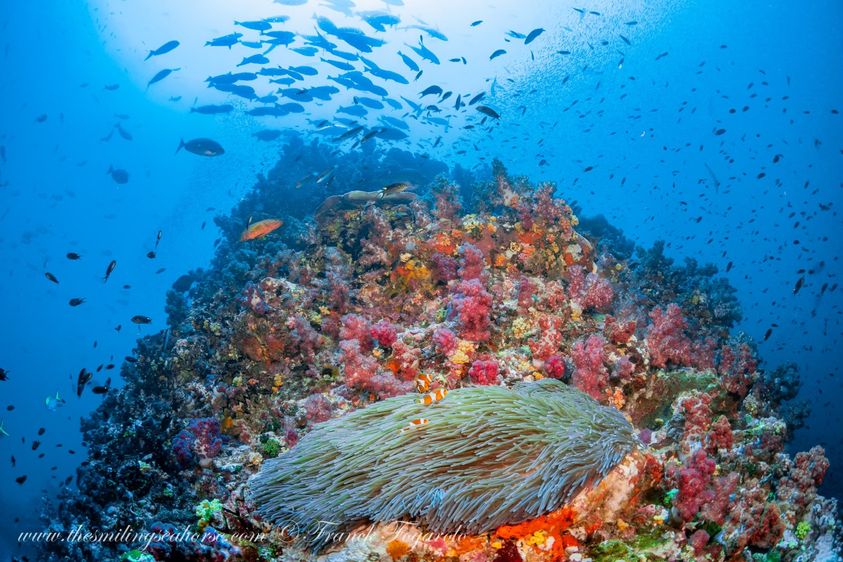
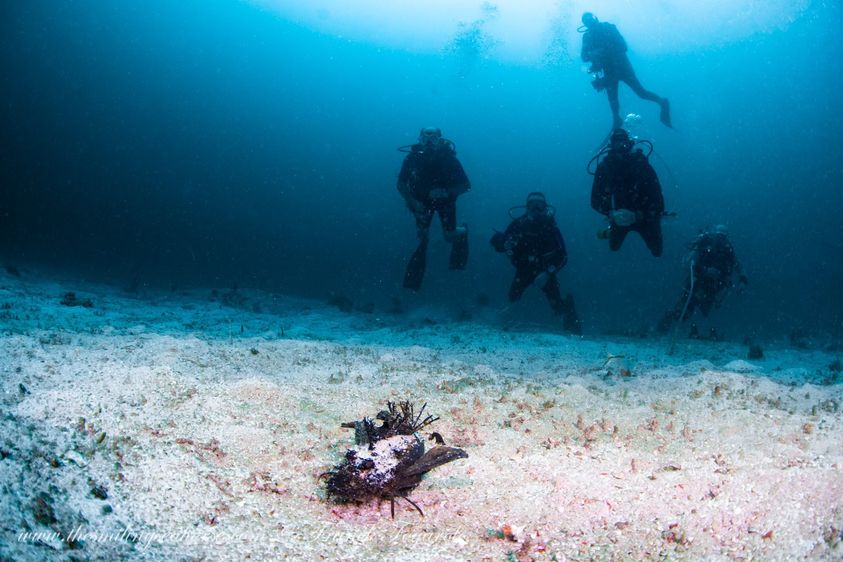
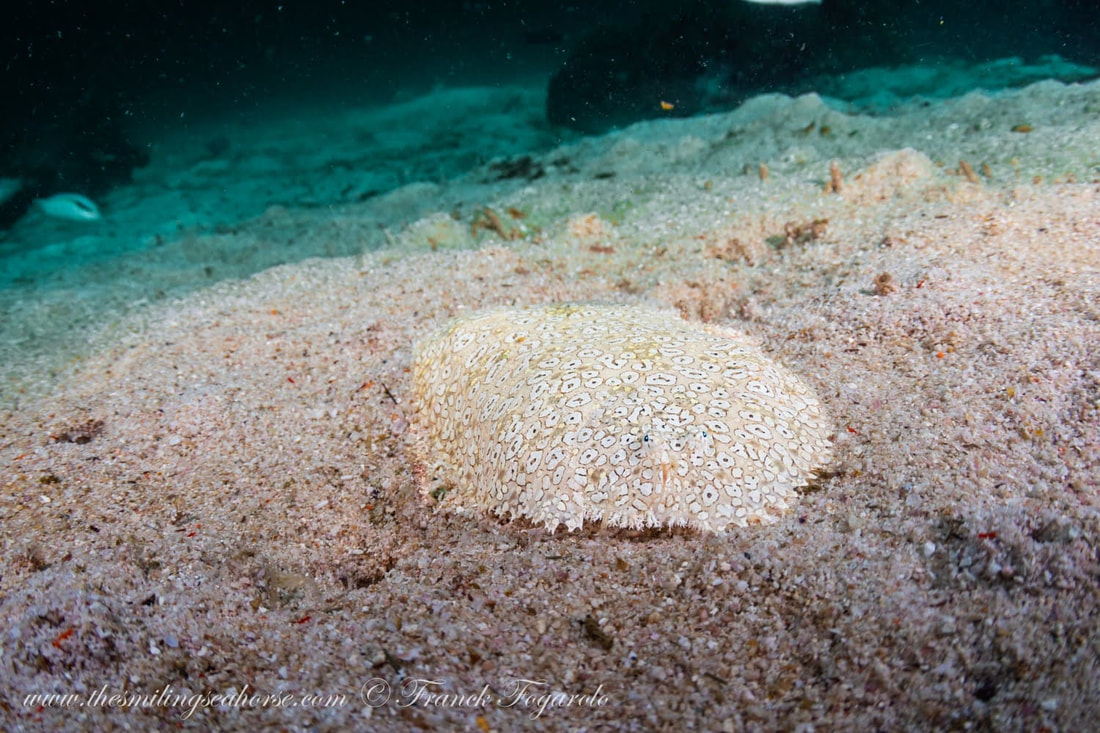
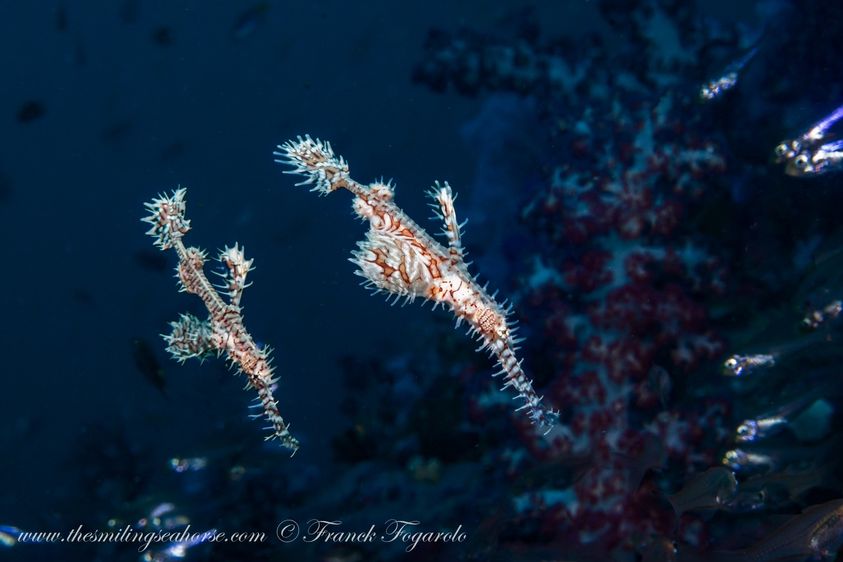
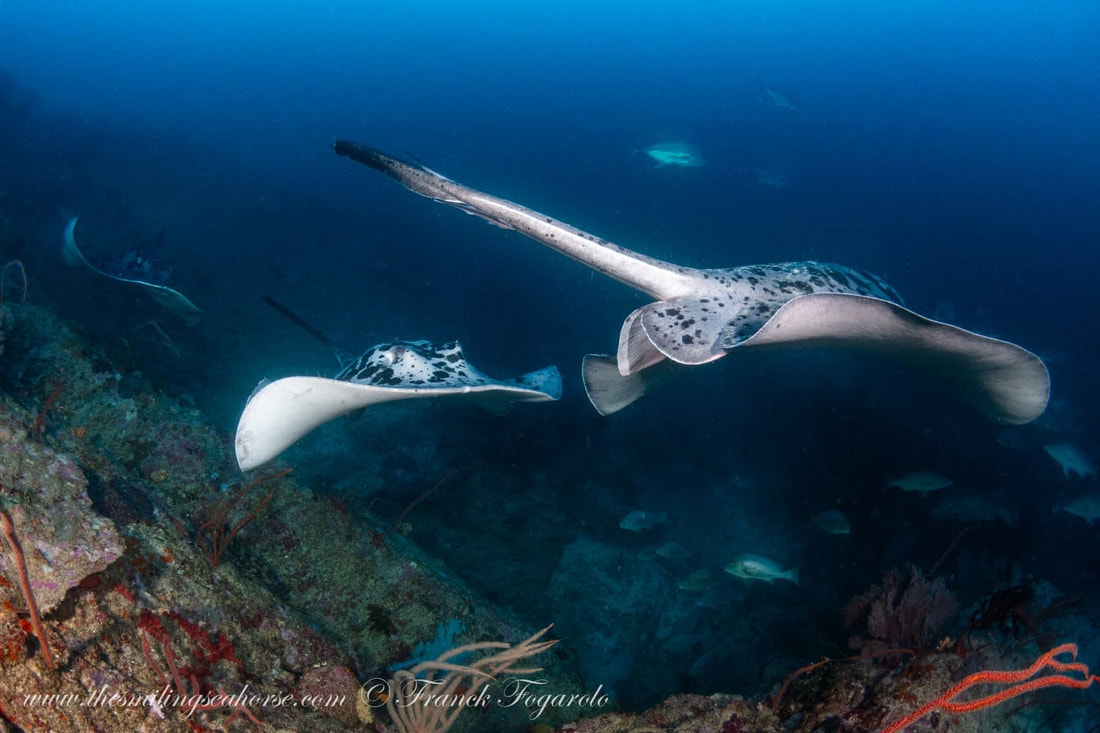
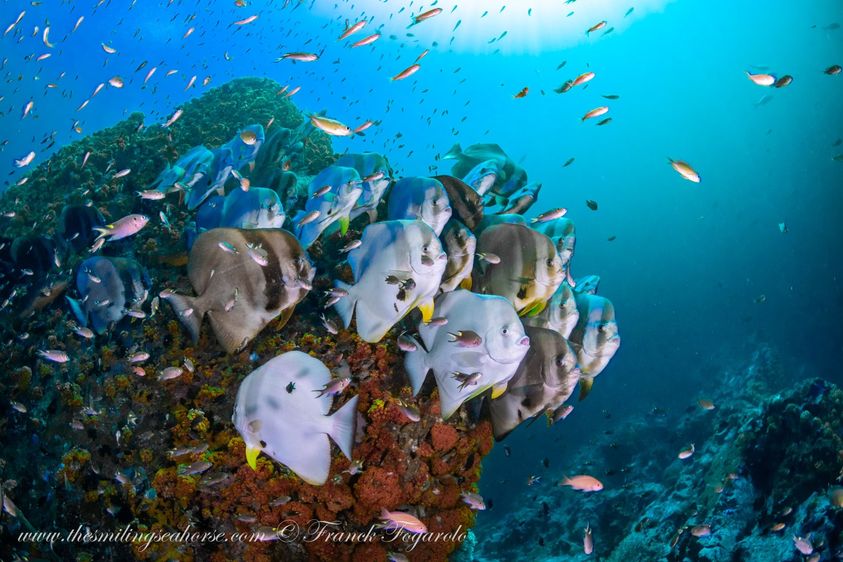
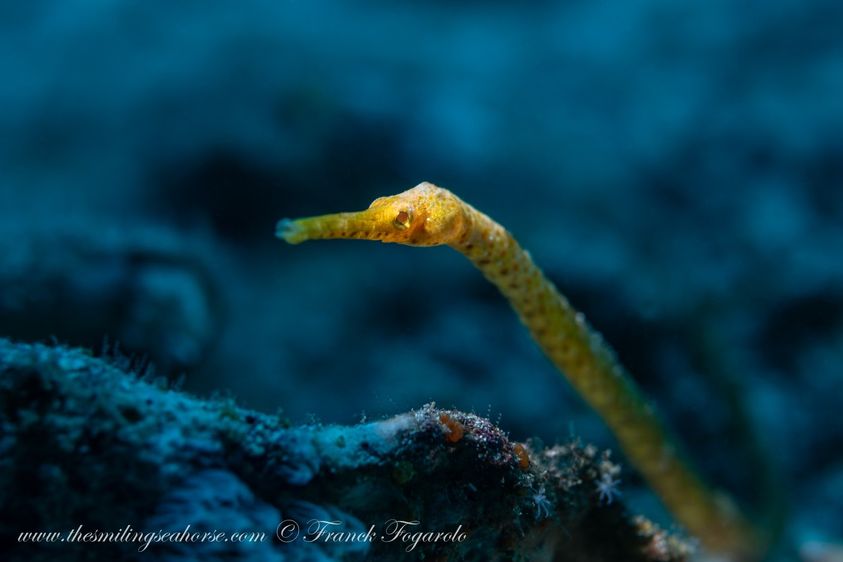
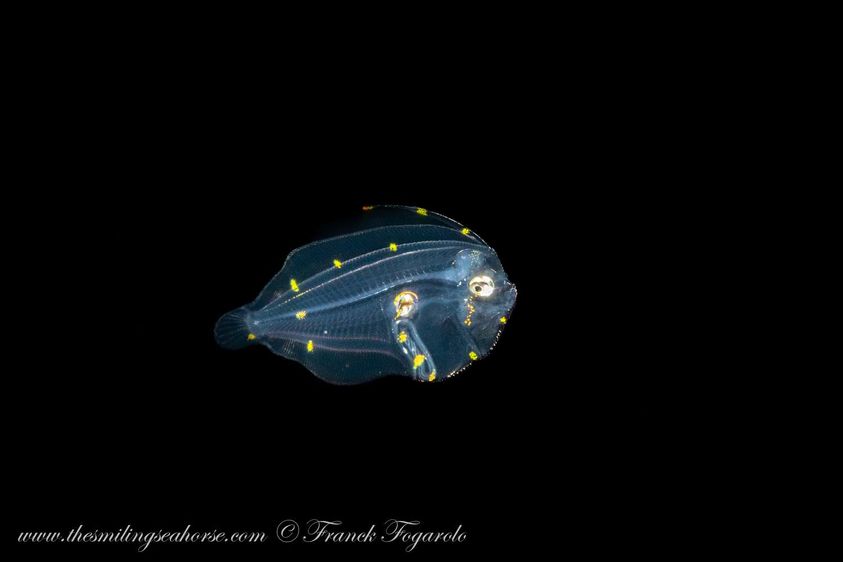

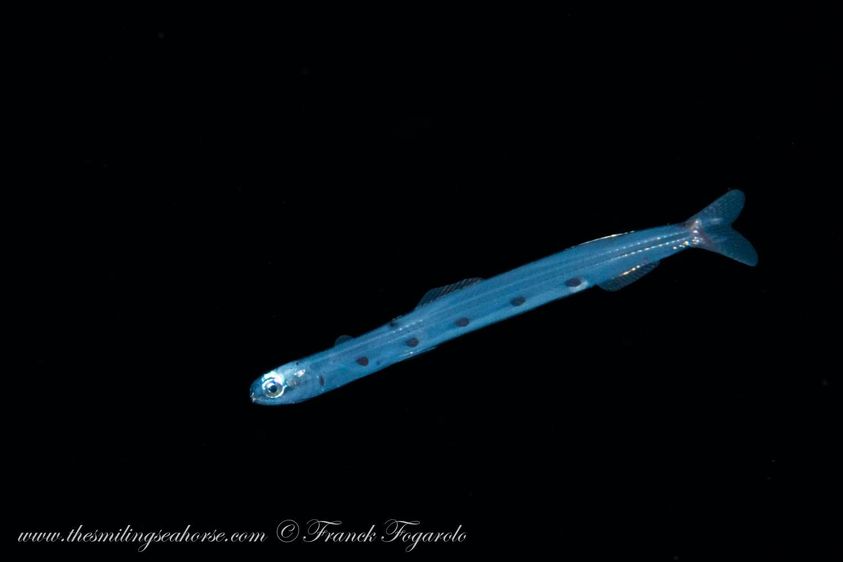
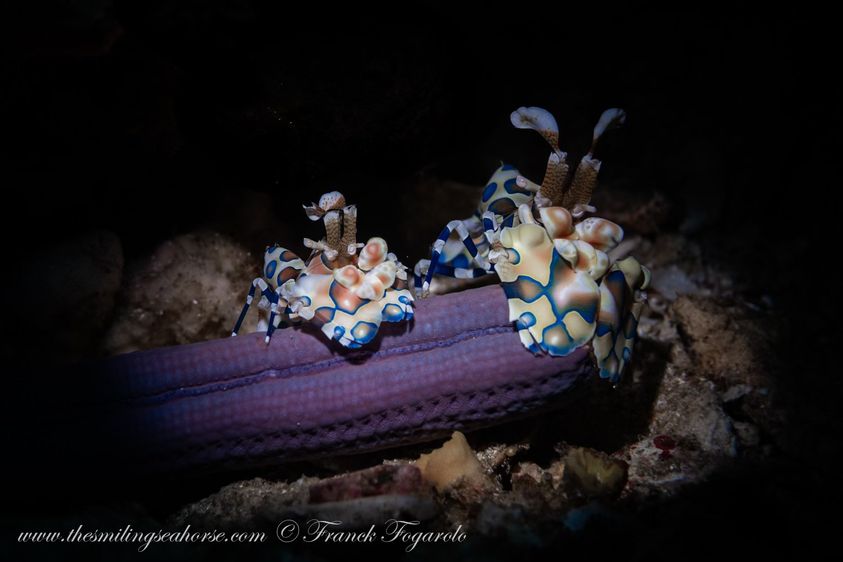
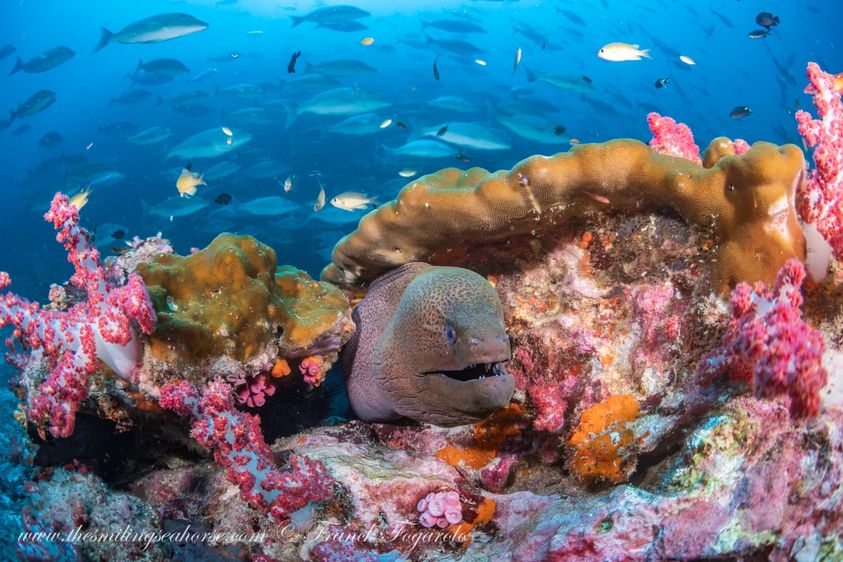

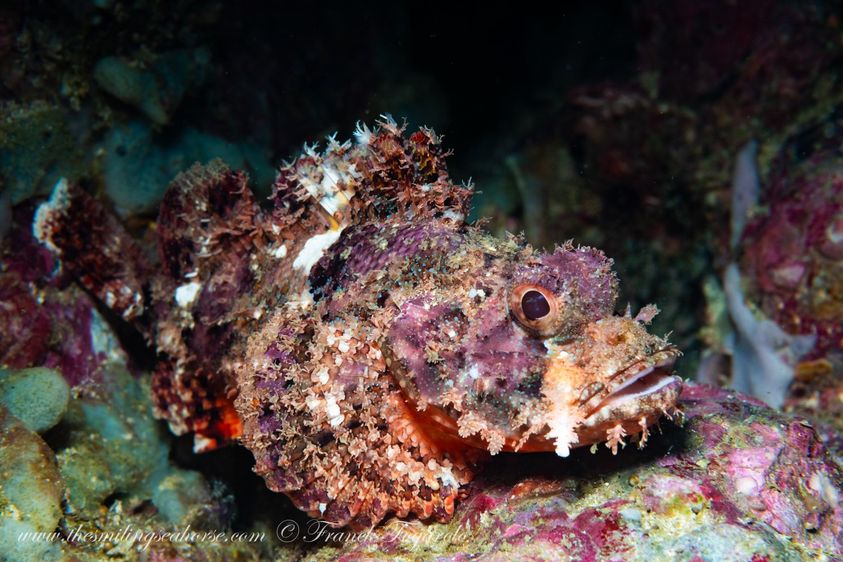

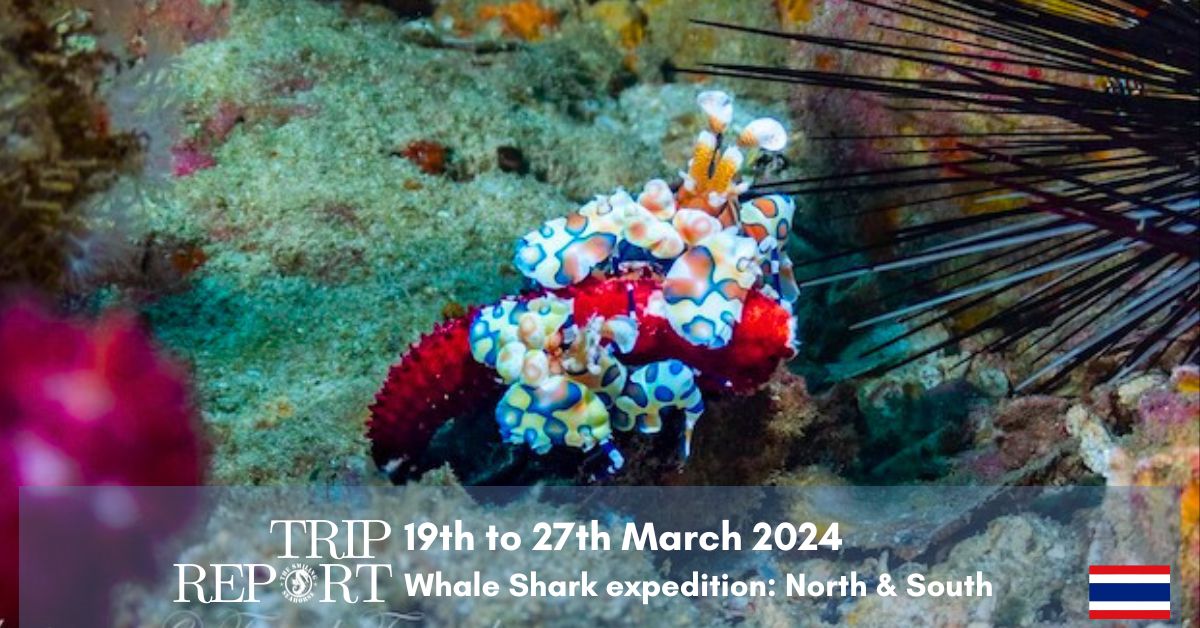
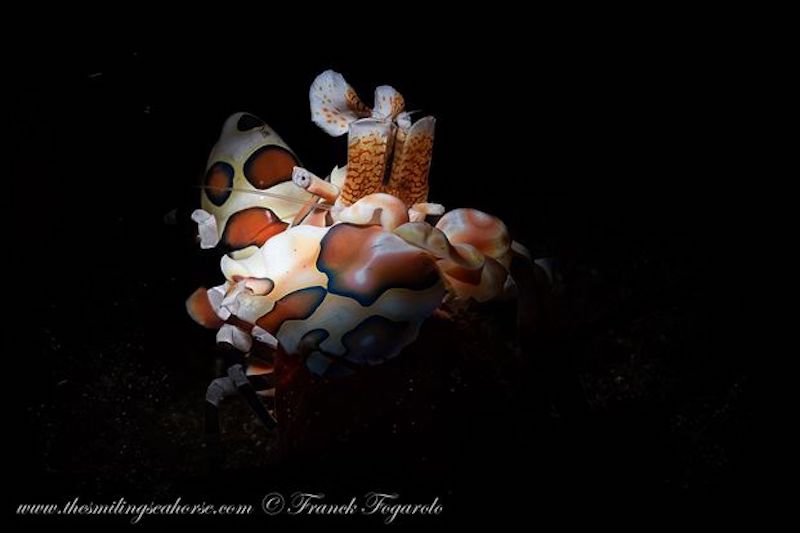
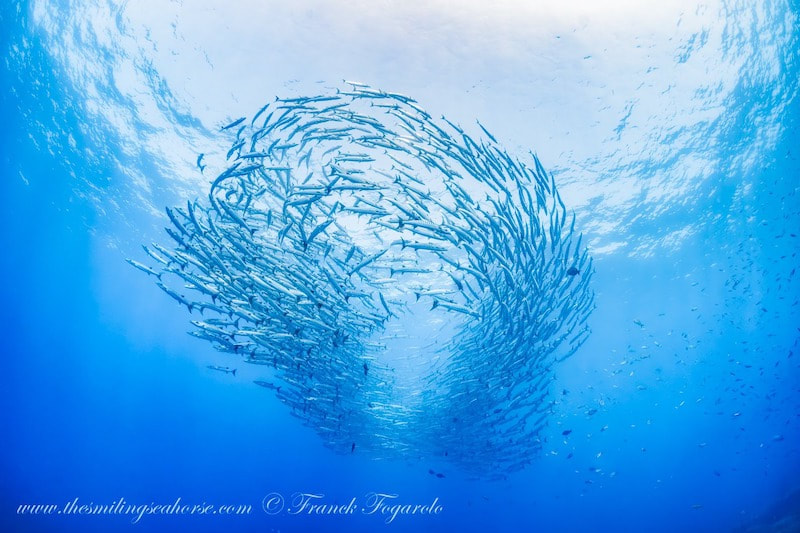

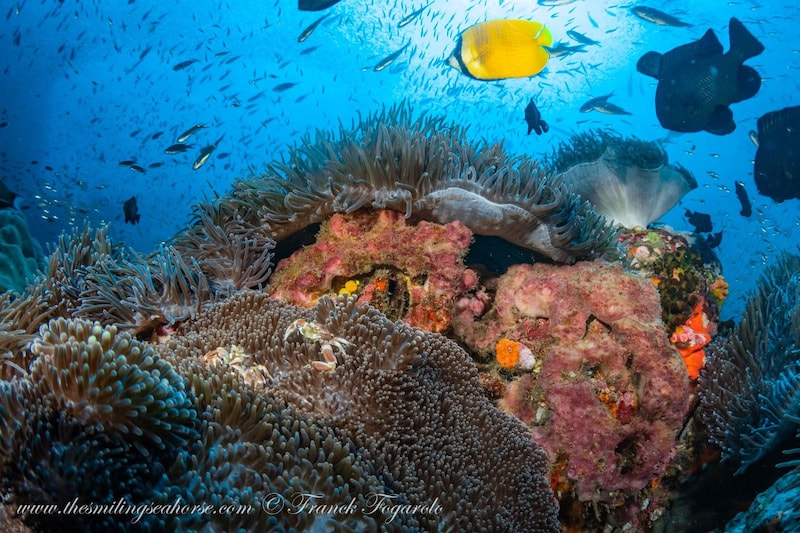
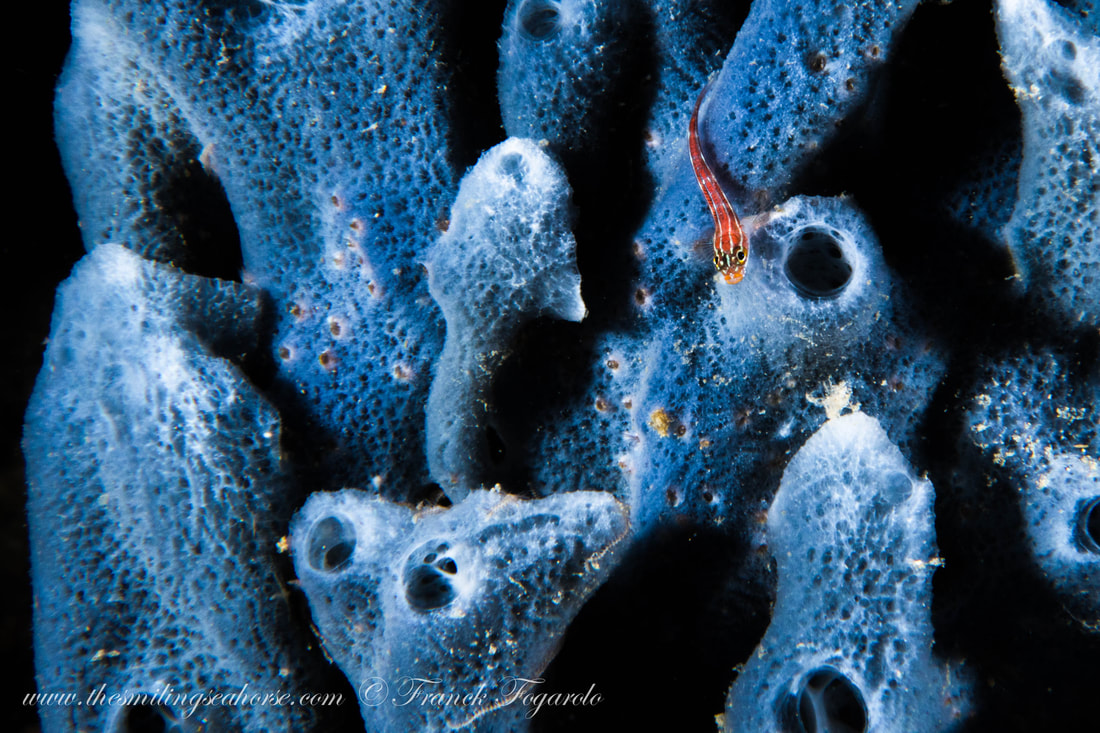
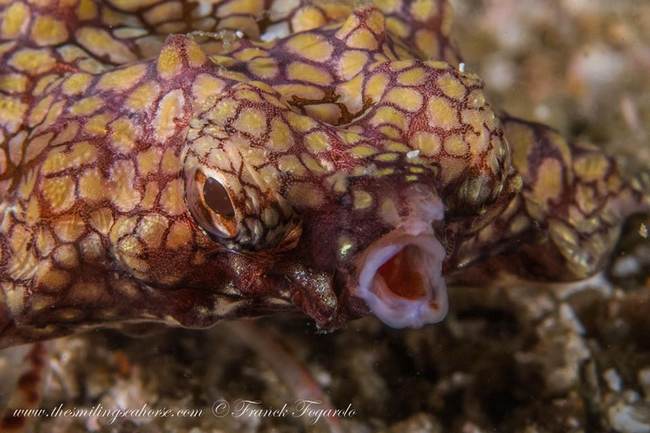
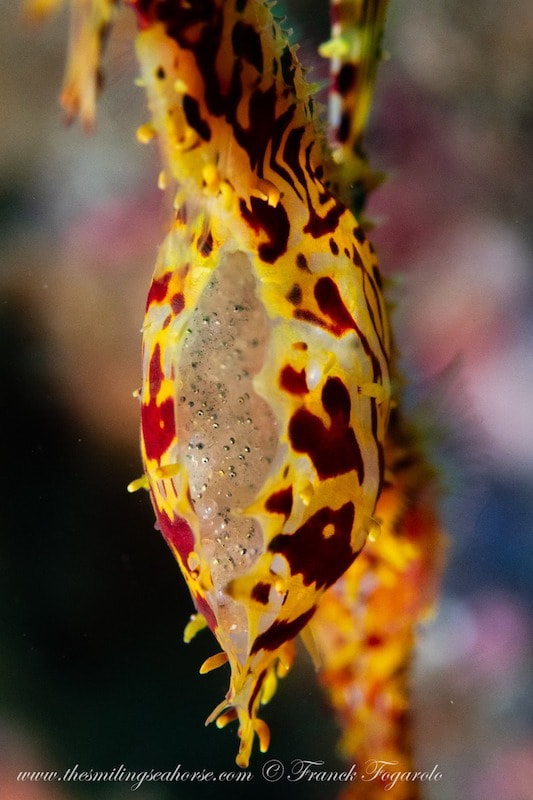
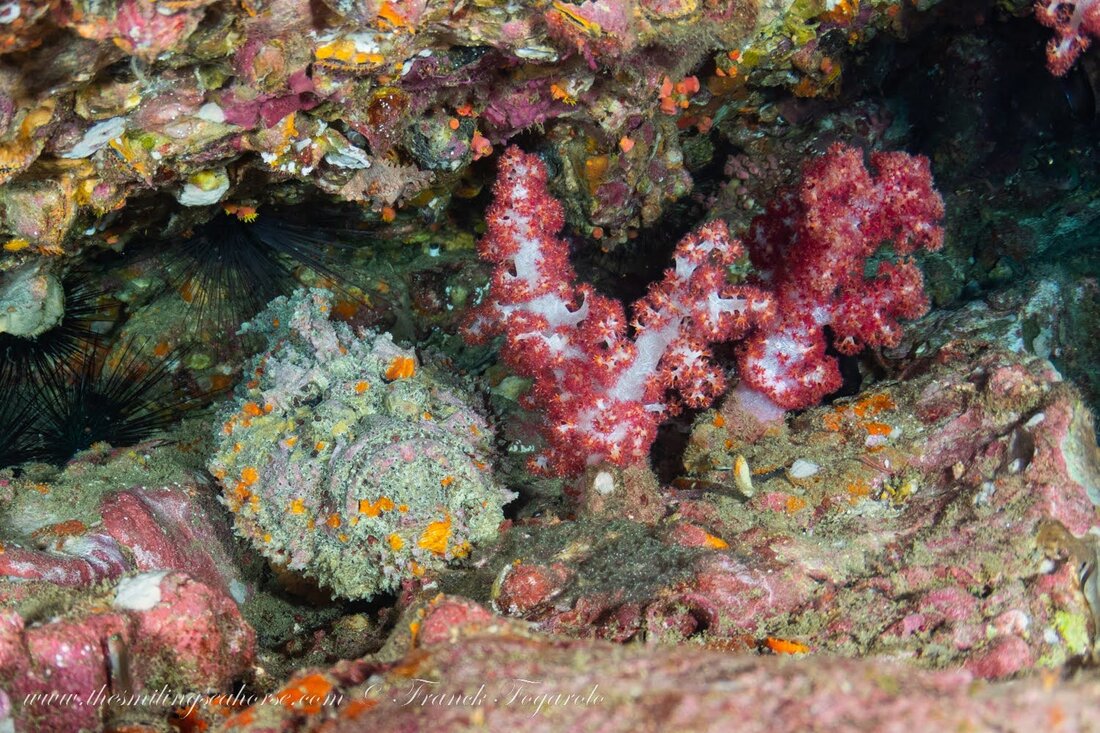
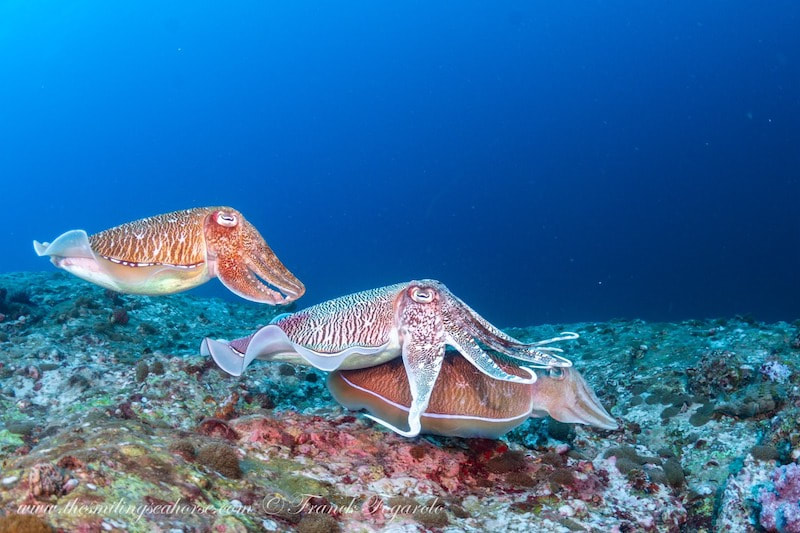
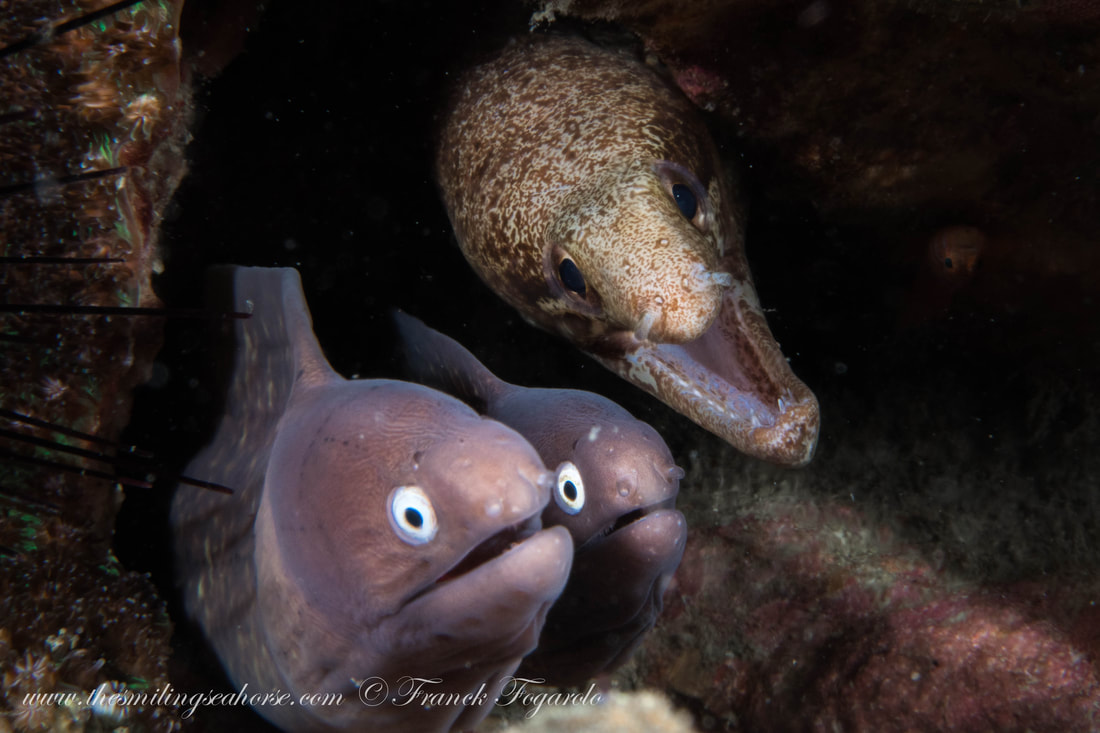
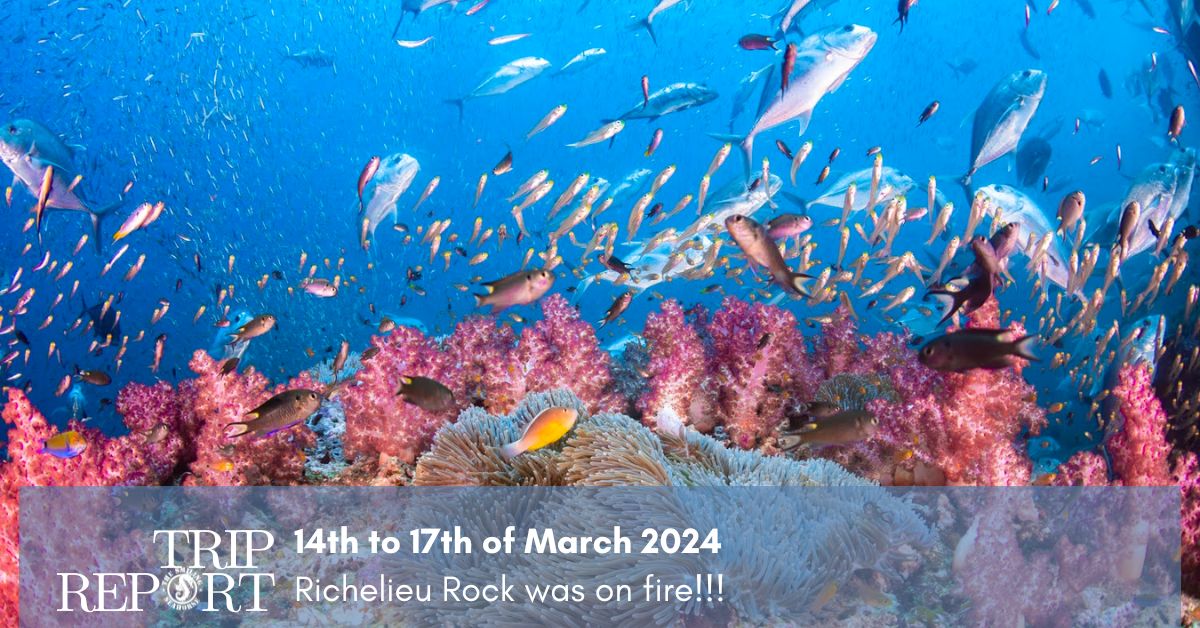
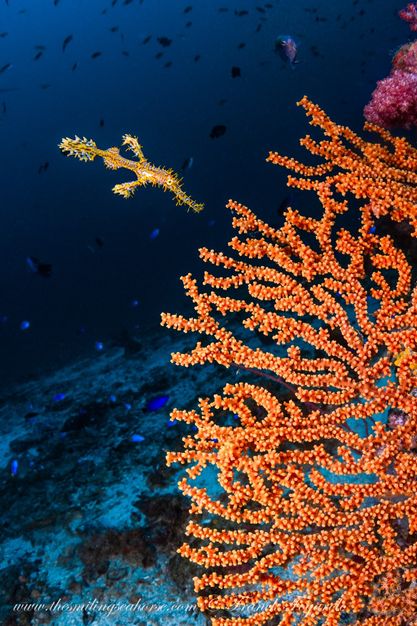
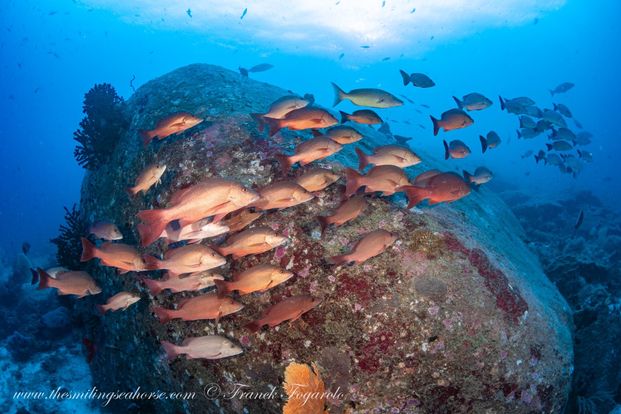
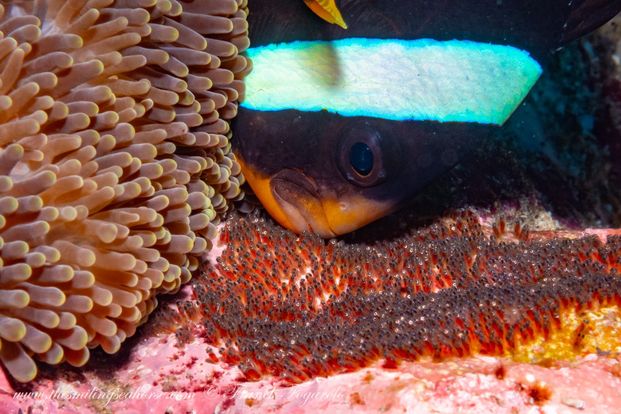
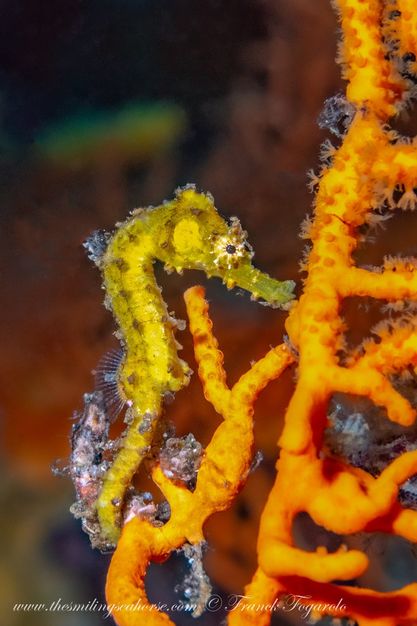
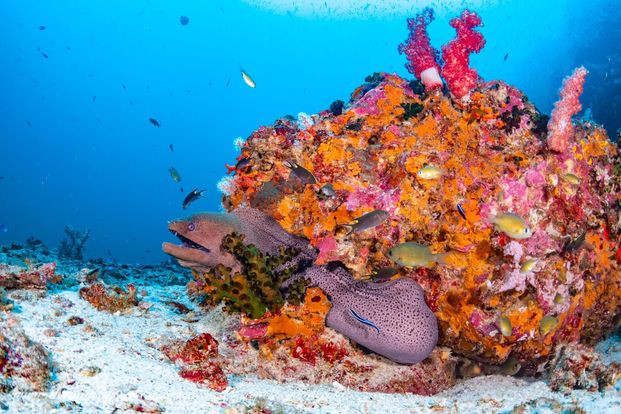
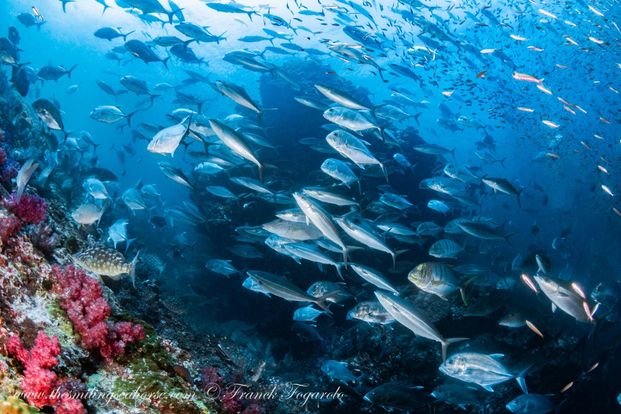
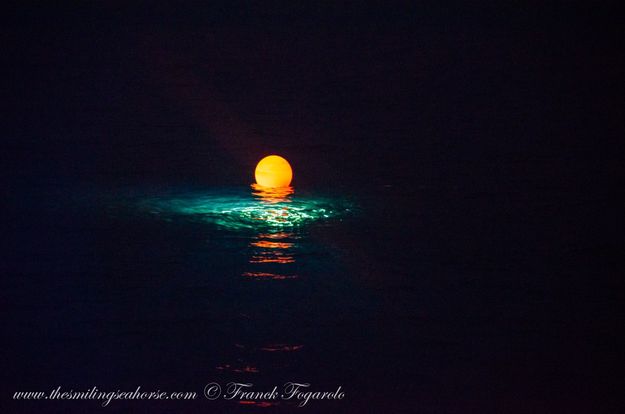
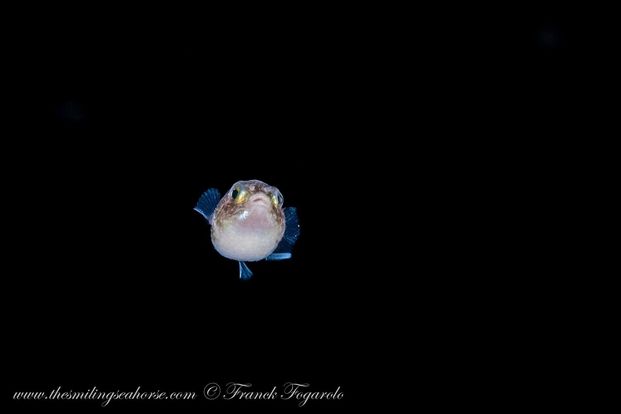
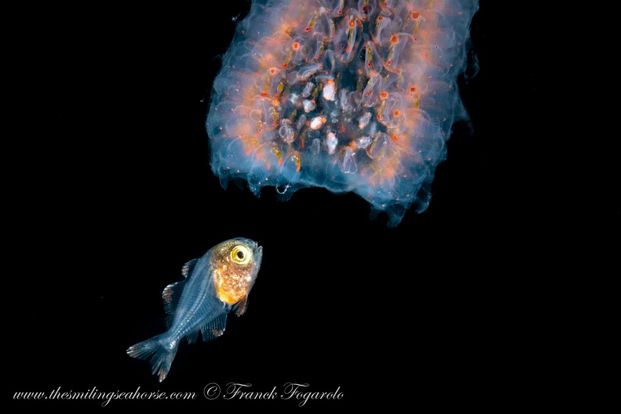
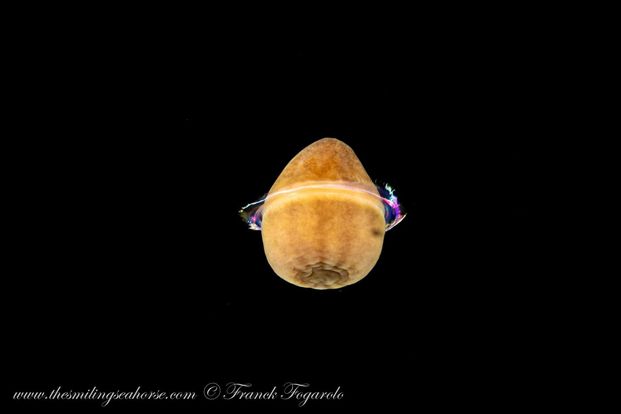
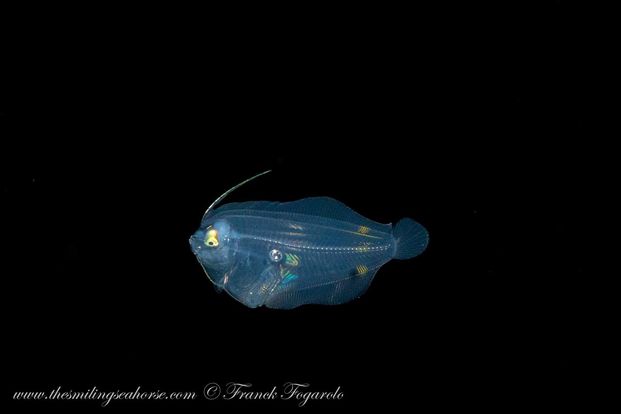
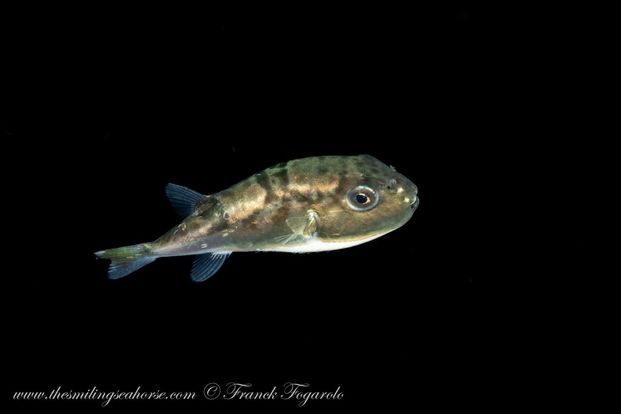
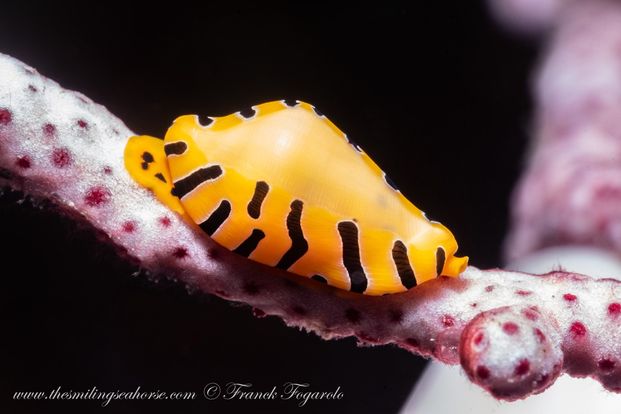



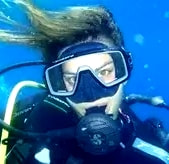

 RSS Feed
RSS Feed




